
We visited the Alley of the Baobabs aka Avenue of the Baobabs on the 12th of December, 2022. Before that, we ate some baobab fruit we bought at the central market of Morondava, west Madagascar.
Contents
- 1 Our First Encounter with Baobab Fruit (Back in Mauritius)
- 2 Buying + Eating Baobab Fruit in Morondava
- 3 Visiting the Avenue of the Baobabs by Taxi
- 4 Good info? Ponder buying me a baobab juice!
- 5 Contact George to Drive to the Avenue of the Baobabs
- 6 Share or save for later? You’re genuinely a good person
Our First Encounter with Baobab Fruit (Back in Mauritius)
In September 2022, we finally made a day trip to the Pamplemousses Botanic Gardens (aka the Sir Seewoosagur Ramgoolam Botanic Garden) from our home in Trou-aux-Biches, Mauritius. We saw a great many plants and one cute kitten there, but when I spotted the baobab section on the map, I knew that’s what I really wanted to see.
Baobabs are one of the most iconic trees ever, and I’ve been obsessed with them since I was young. I’d seen pictures of them on nature and wildlife calendars. They’re present in video games such as Zoo Tycoon and Age of Empires II. Without knowing anything about trees, it’s simply super recognizable because of their shape. Baobabs are comic-book-like and in a sense unreal.
That’s why I needed to see one with my own eyes.
The baobab corner in Pamplemousses had about five trees, which were two or three different species of baobab. I’m not sure if any of them were from Madagascar, but these trees aren’t native to Mauritius. And cyphostemma mappia isn’t a real baobab anyway despite its similarities in silhouette.
Around the three baobabs that are close together, I found fuzzy pods on the ground and picked them up. I looked up and also saw them hanging from the tree. Their velvety skin was soft like the outer layer of an almond. The pod was gigantic and very light to hold. Something unexpected.
I later found one such baobab pod on the ground and cracked open. The interior had creamy-white fleshy things that looked rather dry. I thought perhaps it had been sitting in the sun for too long. Of course, I picked it up and showed it to Jonas. I suggested eating the fruit in the way of “haha, just kidding… unless..?”
Jonas simply frowned and said, “I don’t think it’s edible.”
Well, guess fucking what?
Buying + Eating Baobab Fruit in Morondava
We made the journey from the tropical highlands in Antsirabe to the tropical savannahs of Morondava in one day. Upon arrival, we had a glass of baobab juice and a portion of baobab candy that they sold at the Hotel Menabe. The juice was refreshing and good, but it also tasted like there was a lot of added sugar. The orange baobab candy wasn’t our favorite either and had pretty big seeds in them.
Once we’d settled into our hotel, we visited the street market of Morondava. It’s pretty much all day with more goods in the morning, just on the main street in Morondava that leads away from the beach. I’d walked past there a couple of times and seen a furry-looking fruit that looked familiar but I couldn’t place it. I told Jonas I wanted to buy the mystery fruit. He asked me if I knew what it was. Then one day it just dawned on me that that’s baobab fruit.
We went to the corner with the most prominent gathering of baobab fruit vendors (20°17’27.7″S 44°16’30.2″E). There was a friendly lady sitting in the shadow of her umbrella with baskets full of baobab fruits. A guy also selling the same goods came over from the next stand and shook them for us to conclude that they’re indeed, eh, full of seeds? I don’t know what to look for in my baobab fruits. I am new to this.
We asked for the price. It was Ar 500 per fruit. We got two of them, so we paid a grand total of €0.21 for the pleasure. FYI, they’re more expensive than avocados – Ar 200 per unit – in Ampefy, but we’re comparing village avocados to market baobabs, so I’m not completely sure that’s fair.
Anyway, we went home and I put the baobab fruits on a plate. We went outside to open them. I tried cutting into them with my pocket knife, but the fruit didn’t budge. It felt like trying to cut into a coconut with a shitty plastic knife. Jonas didn’t believe me. I said we had to google how to open them. The internet said to wack them in.
I used the edge of our balcony to whack the baobab fruit. I made a pretty clean cut all around. Back at the table, we pulled it open to review the contents. Dry popcorn-like things with ticker fibers in between like a mandarin.
I popped one in my mouth and noticed the tamarind-like flavor right before the stone. There’s not a whole lot of flesh on it, but it’s tasty. The flavor is sweet, but also tart, then sweet again. Honestly, not a bad fruit!
I tested out the lightweight shell by pouring water into it to make it a cup. It didn’t leak at all.
Afterward, I read up some more about the baobab fruit and its uses. Turns out it’s quite healthy and important for human survival at these latitudes. The baobab in this area of Madagascar is called Adansonia Grandidieri, so I’m assuming it’s the fruit of that species that I ate.
Malagasy word for baobab: zaha or ren(i)ala or bontona or baobaba according to Malagasy Wikipedia. Seeds/nuts/fruits should be the word voany.
Visiting the Avenue of the Baobabs by Taxi
Arranging a taxi to L’Allée des Baobabs
Next, our goal was to visit the Avenue of the Baobabs. We’d asked around in town for a motorbike or quad rental, but they’d all gone out of business during covid. Car rentals were everywhere, but that’s not something we’re comfortable driving here. (And it’s unclear to me if car rental means car without driver or basically a taxi, which are two very different levels of responsibility and freedom for us).
Our last ditch effort was to ask at our hotel in the afternoon. There are two very competent women working there. One made a bunch of calls and found a quad rental for Ar 300.000 . She found a taxi driver willing to do it for Ar 120.000, who showed up at our hotel 15 minutes later to discuss the route. I’d been on team rent a quad for flexibility reasons.
When we talked to the taxi driver named Georges about going to the Allée des Baobabs and the Baobab Sacré and also the Baobabs Amoureux, he said the price would be Ar 200.000 plus an extra Ar 2000 for parking and we’d leave at 4:00 in the morning to watch the sunrise.
Unless we still want to go there today, he said with a straight face. Chop chop let’s go.
Oof, no, it’s already so hot. We do things slowly. So we agreed on the ride and the long route for Ar 200.000 for Monday, to avoid being there with many local/foreign tourists. At four in the AM. At least it won’t be hot outside at that time.
Uh-oh
All was fine on Sunday evening. Jonas confirmed with Georges that the trip is still on for tomorrow. Then we went to bed rather early so we could get up at 3:30.
I spent the rest of the night lying in bed feeling horrible. I didn’t sleep at all. And I wasn’t sure if it was a good idea to sit in a moving car on bumpy roads for several hours.
But we didn’t cancel the trip. The ghost version of me got dressed in the morning like usual. We went down to the ground floor to meet Georges.
Driving to L’Avenue des Baobabs to see the sunrise
Georges has a fantastic old Renault in bright orange. The shallow-minded part of me first thinks about how great this car would look on Instagram.
As is usual in Madagascar, we first had to go to the gas station to get enough carburant for the ride. The driver then always asks for (most of the) money upfront to pay for the fuel. Jonas gave Ar 100.000 for the fuel though Georges asked for Ar 80.000. He got it in a little jerrycan for his little car since it probably can’t hold all that fuel.
I was miserable during the ride to the Alley of the Baobabs, but the ride itself didn’t make me nauseous. Motion sickness isn’t really my thing. We dodged many a cyclo-pousse and zebu cart. Sometimes the only thing that reflected was the zebu eyes in our headlights.
We arrived at the crossing to Baobab Avenue in a sleepy town called Marofototra some 15 minutes after leaving Morondava. The road turned unpaved and bumpy. It was completely unlit, of course.
Before driving through the nearest town called Bekonzay, we made a little stop at a very large baobab. Georges said this one is called the “baobab chemeux” or “chamoix” (??) or something like that. Our/my French isn’t that good.
We arrived at the touristy part of the Baobab Alley at around 4:45. The sky was pinking up in the east, even though Google maps said that for Morondava dawn only happens at 4:52 and sunrise at 5:16.
The silhouettes of the faraway baobabs on the orange background were absolutely stunning. This really felt like a Peak Travel Moment™.
Around 5:00, the flies came. First a few, then a great many. They were all zooming around our big mammal bodies and I was going absolutely nuts. I used my hat to slap them away, which would help for exactly five seconds. There was also a cute but slightly annoying dog that showed up before sunrise. So no, not everything was perfect and enjoyable.
The sun finally rose and broke through the thin clouds in the distance to flood this piece of earth in orange. The Avenue of the Baobabs was now in its full glory. And the Malagasy people had also woken up. There were many people of various ages walking up and down the avenue with farming tools, wheelbarrows, school supplies, and food.
We took many photos and then returned to Georges. The Ar 2000 for parking wasn’t a topic. Perhaps because the person charging for this was still sound asleep. Georges said “Continuer déjà?” as if we’d been there for a very short time. I was considering canceling the trip to the Sacred Baobab and the Lovers’ Baobabs and returning to Morondava, but I decided to tough it out because on my map it didn’t look that far away.
Driving north
We drove northward through the Alley of the Baobabs after 5:30. If there was a special baobab, we would stop and Georges would tell us its name. One of them was the Elephant Baobab and we concluded the name makes sense despite the lack of elephants in Madagascar.
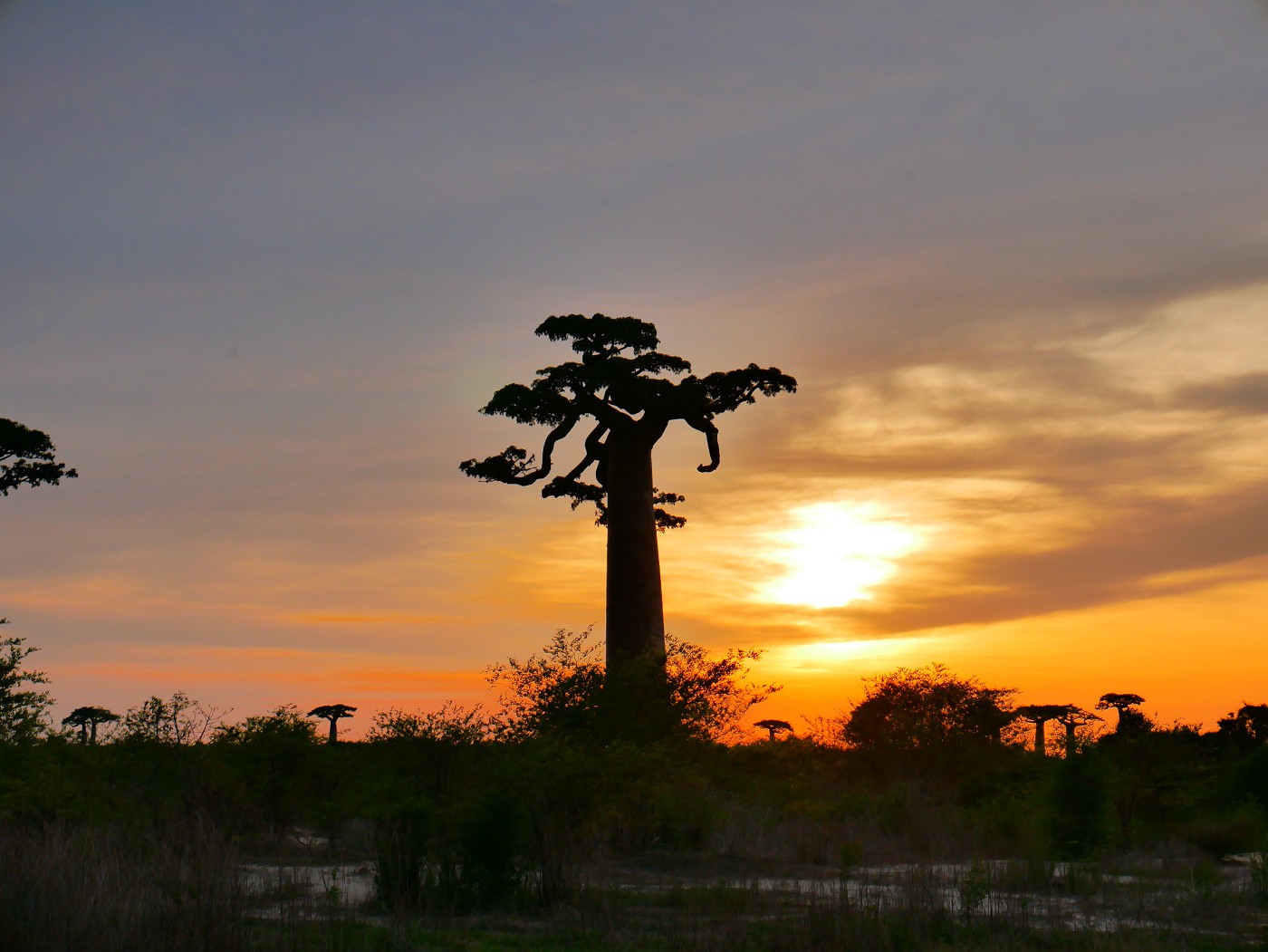
I thought that the sacred baobab was only 7.6 kilometers north of Avenue of the Baobabs in a village called Andranomena. On OpenStreetMaps (OSM), there’s a tourist attraction marked there called “Baobab Sacré”. If we had rented a quad, this is where we would have gone to. Then from the Baobab Sacré, we would drive to the “Baobabs Amoureux” on OSM, which would only be 7.9 kilometers away and further southwest.
But in the slowly awakening village of Andranomena, we didn’t stop. We continued driving north. It was 6:00 when we had crossed the mostly dry rivers there and entered the Réserve Spéciale Andranomena. I looked on my map to see that there was another tourist attraction marked “Baobab in Love”, which could be another form of “Baobabs Amoureux”. I thought it was probably not that rare that two trees get intertwined together, so there is no impostor here, just two versions and we’re going to the one that’s far away. So I guess we were going there first and then we’d return to Andranomena to see the Holy Baobab.
The road turned much, much worse, but the Renault marched on with the confidence only an old car has. I felt 10% away from death, but I enjoyed the many ‘young’ baobab trees that were common along this part of the road. As with kittens, baobabs go through a ‘long teen’ phase where they’re tall and skinny without the chonk yet:
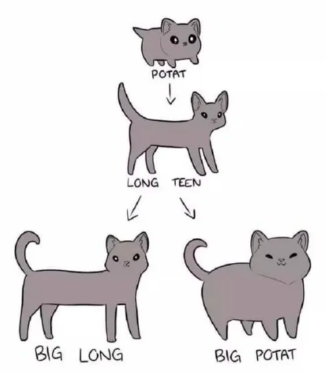
At the split to the “Baobab in Love” at 6:40 we again didn’t make a stop. This time concerned we’d drive all the way to Belo Tsiribihina, I looked on my map again to see yet another tourist attraction further northeast called “Baobab Sacré” in a village called Kirindy. So everything is either wrongly mapped, or there’s an impostor baobab of everything, or there are simply multiple venerated baobabs in the area.
But finally, upon arrival in Kirindy at 7:00 in the morning after dodging many car-deep puddles of water on a muddy road, we arrived at the Sacred Baobab.
The Sacred Baobab (Baobab Sacré)
This village was wide awake. Georges walked us to the fenced-off Baobab Sacré area. There was a sign to take our shoes off and he also informed us about that. So we took our shoes off to walk in the cold wet sand. It had rained the night before.
The sacred baobab is absolutely massive. A chonker. An absolute unit. A league of its own. Like, bring a wide-angle lens to check out that trunk. There are many big baobabs in this village, but this one is really huge.
Jonas had told me something about the sacred baobab being revered because it can help with fertility issues—if you’re of the school of thought that not being able to conceive is a problem and not, eh, really great.
Georges told us on the way out that if you pray to god (Abrahamic) at the foot of the tree, your prayer will be answered.
Around the baobab were some sticks with a colorful corn-like vegetables on them. I didn’t really observe them from close up, but it was a curious thing and looked like something for ritual purposes. We were under the watchful eye of some local kids, so I didn’t touch it.
What really stood out to me is that despite this being a holy baobab, the foot of the tree was surrounded by plastic and glass bottles. Like, we had to be barefoot but people intentionally leave their trash there? No… it must be… ritual.

We asked Georges how old this baobab is, and he said “hundreds of years”.
To the Baobab’s in Love (Baobabs Amoureux)
We drove the road back to the side street where the Baobabs Amoureux are located. We’ve already seen many wooden statues and street art of the loving baobabs on the market of Morondava.
This was a more organized tourist site, with a fancy building that sold such handicrafts of hugging baobabs, a bathroom, and even accommodation that must be booked out for Valentine’s Day for the coming decade. There were the baobabs in a hugging embrace. Or was it just one baobab that split in two and then decided to become one again? Any arborists here?
We took some cheesy pictures and then sat down to relax a bit. One of the guys who runs the place asked us if we wanted to see lemurs. I first sent Jonas there because I was feeling miserable, but I decided to join later anyway. We were a bit afraid they’d keep them in cages, but the lemurs were all just free roaming and not particularly afraid or interested in humans. I just saw a mom lemur with a teenage lemur that was still acting like a baby because he was attached to mom’s back. A quick Wikipedia search of the nature reserve tells me they were Coquerel’s Sifaka type lemur.
I tried going to the bathroom there, but I changed my mind after I saw the toilet was full of frogs.
The long drive back to Morondava
It was only 8:00 by the time we started driving back the way we came. From Kirindy to Morondava it’s 54 kilometers, so from the Baobabs in Love, it’s only 47 kilometers to go to our hotel. We bounced back to the Avenue of the Baobabs and Jonas and I both had a little bobblehead nap. Not wholesome. There will be consequences to this.
Georges also stopped at a baobab he called “Le Baobab Mal”. Not sure what this baobab did wrong, but it had a few funny lumps.
We still made one more stop at Avenue of the Baobabs for a few more photos. I especially wanted to take some pictures with Jonas and Georges and his epic car. We met the same dog again.
Just like in Morondava, there were many women on the road wearing a kind of natural suncream or face paint. It looks similar to the thanakha in Myanmar. I asked Georges what it’s about and he says it’s basically sunscreen. I think it’s called masonjoany, msindanu or msindzano in Malagasy. The tree it’s made from is called tabaky, masonjoany, fihamy or aviavy. I’m not really sure and assume it has different names in different regions and might even be made of more than one type of tree bark.
Once we hit the asphalted road again, things went fast. By now all towns were awake and traffic itself was a storm of different-paced vehicles. Our tiny car had the advantage of being a fast car and being as wide as a tuk-tuk. When we arrived with the 4×4 in Morondava, our wide-ass car basically came to a standstill anytime there was more than one zebu cart on the road. I really dig this Renault.
Georges dropped us off at our hotel and we paid the rest of the money. Then we went to sleep while the full consequences of napping while sitting up in a bouncy car seeped into my trapezius. I was happy I did it but damn, physically I was destroyed.
Good info? Ponder buying me a baobab juice!
Contact George to Drive to the Avenue of the Baobabs
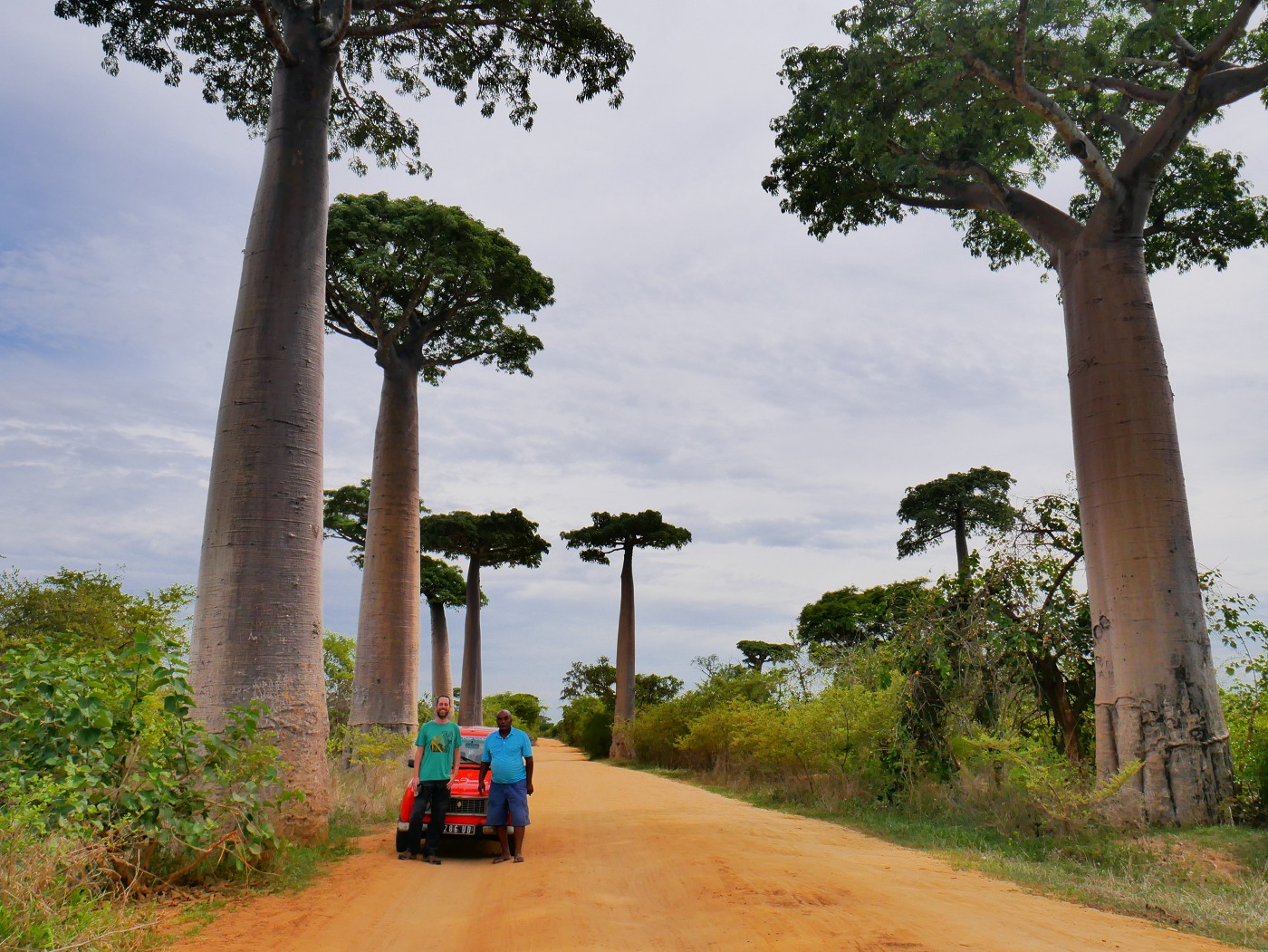
In the end, we were very happy we didn’t have to figure out the route ourselves or drive over the bumpy road on a quad/ATV. We fully recommend driving with Georges if you’re one to three people. As mentioned before, we paid Ar 200.000 for the big tour.
To unlock his phone number, please sign up for my newsletter with your email address:


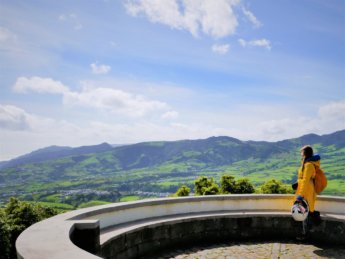
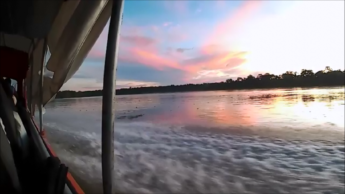
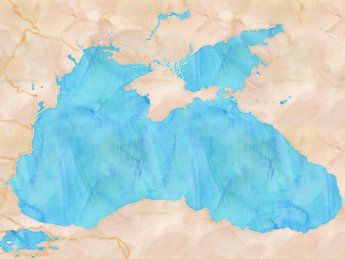

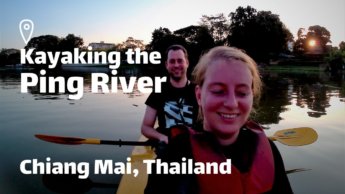

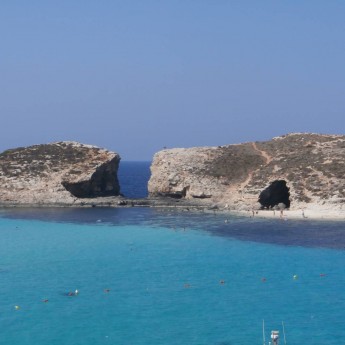
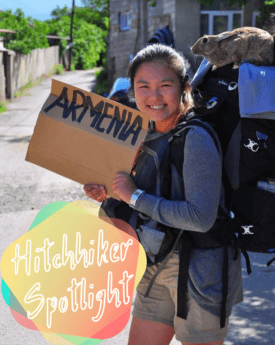
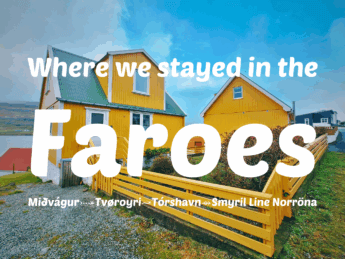
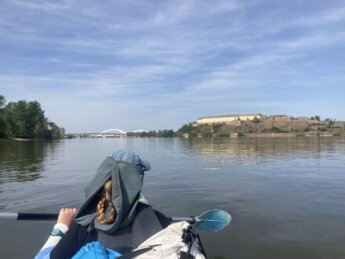

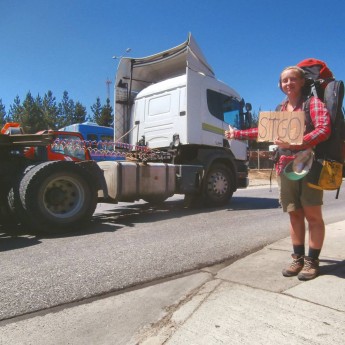

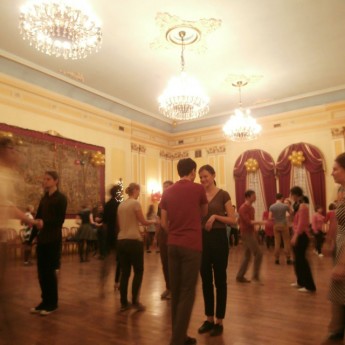
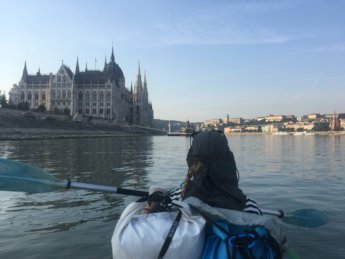
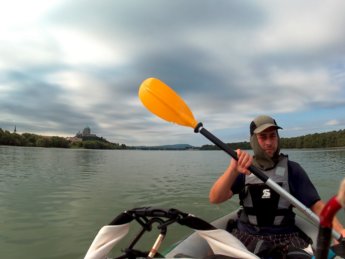
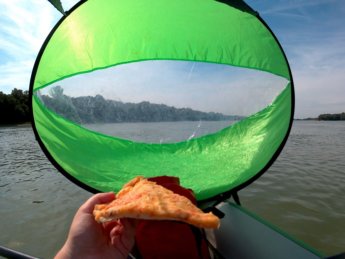
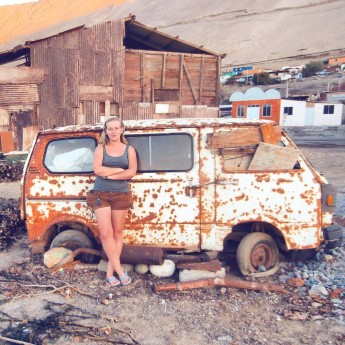
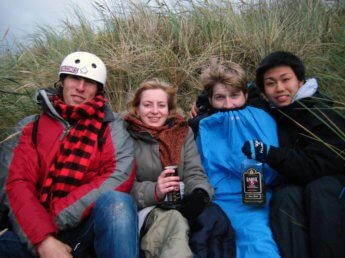
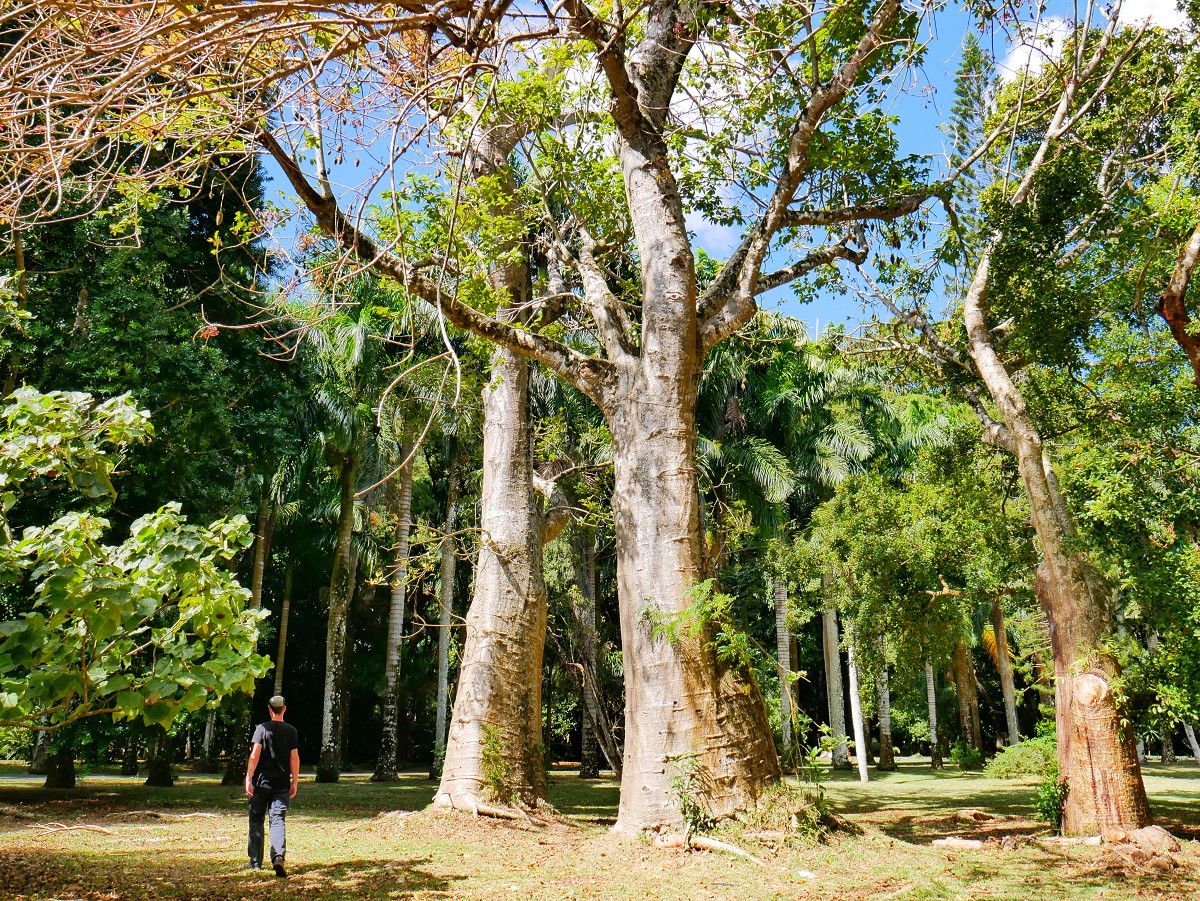
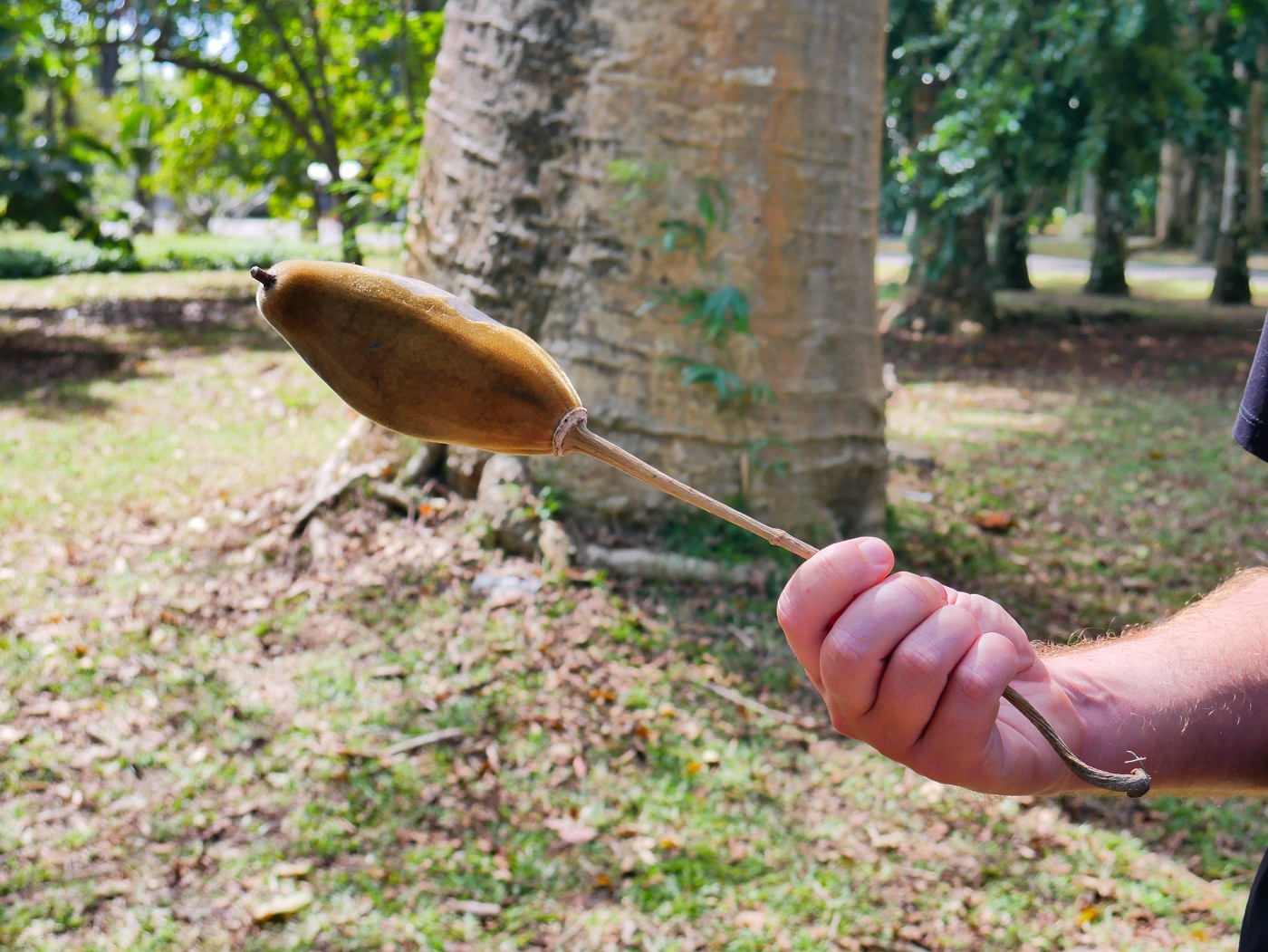
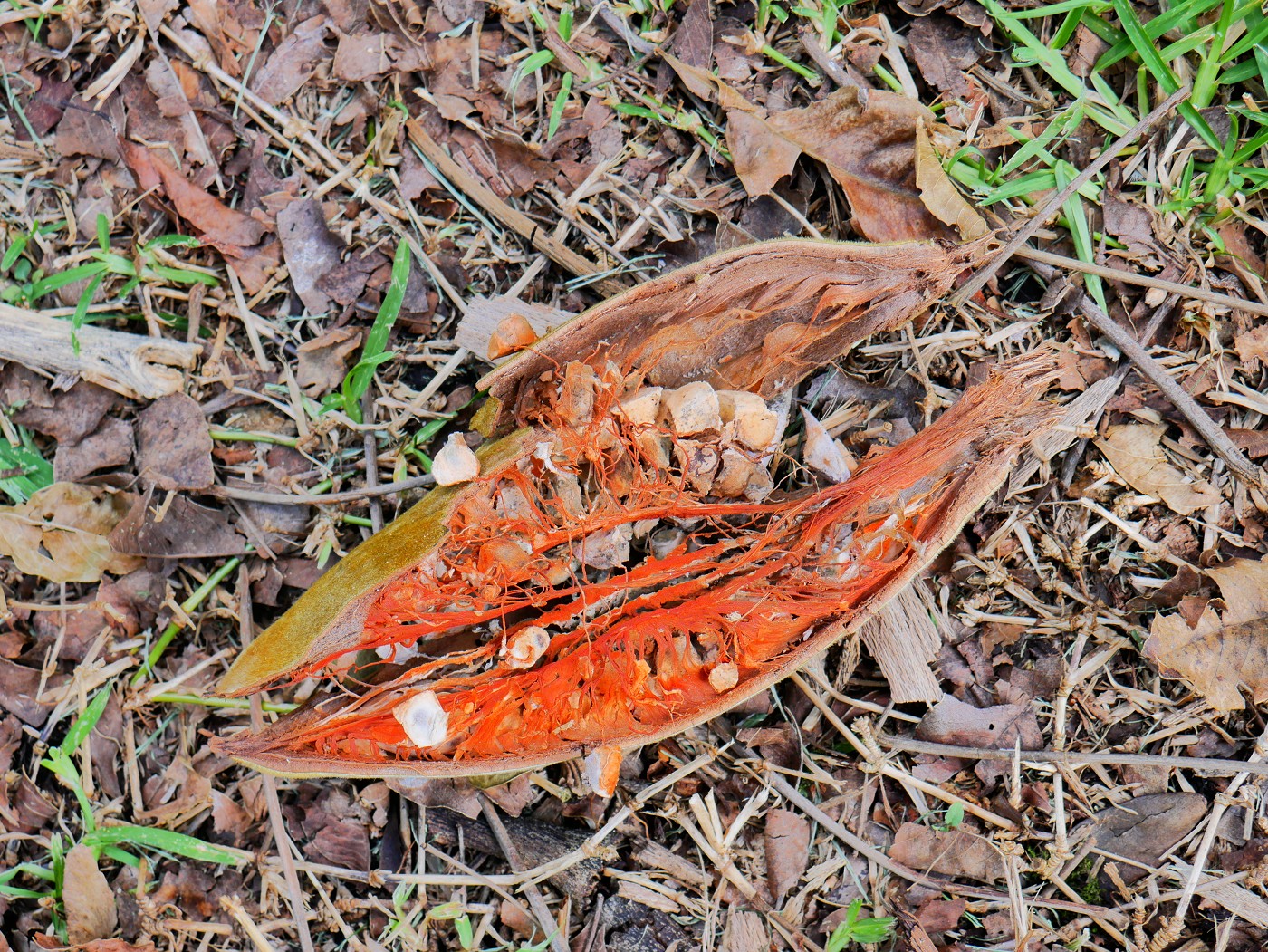
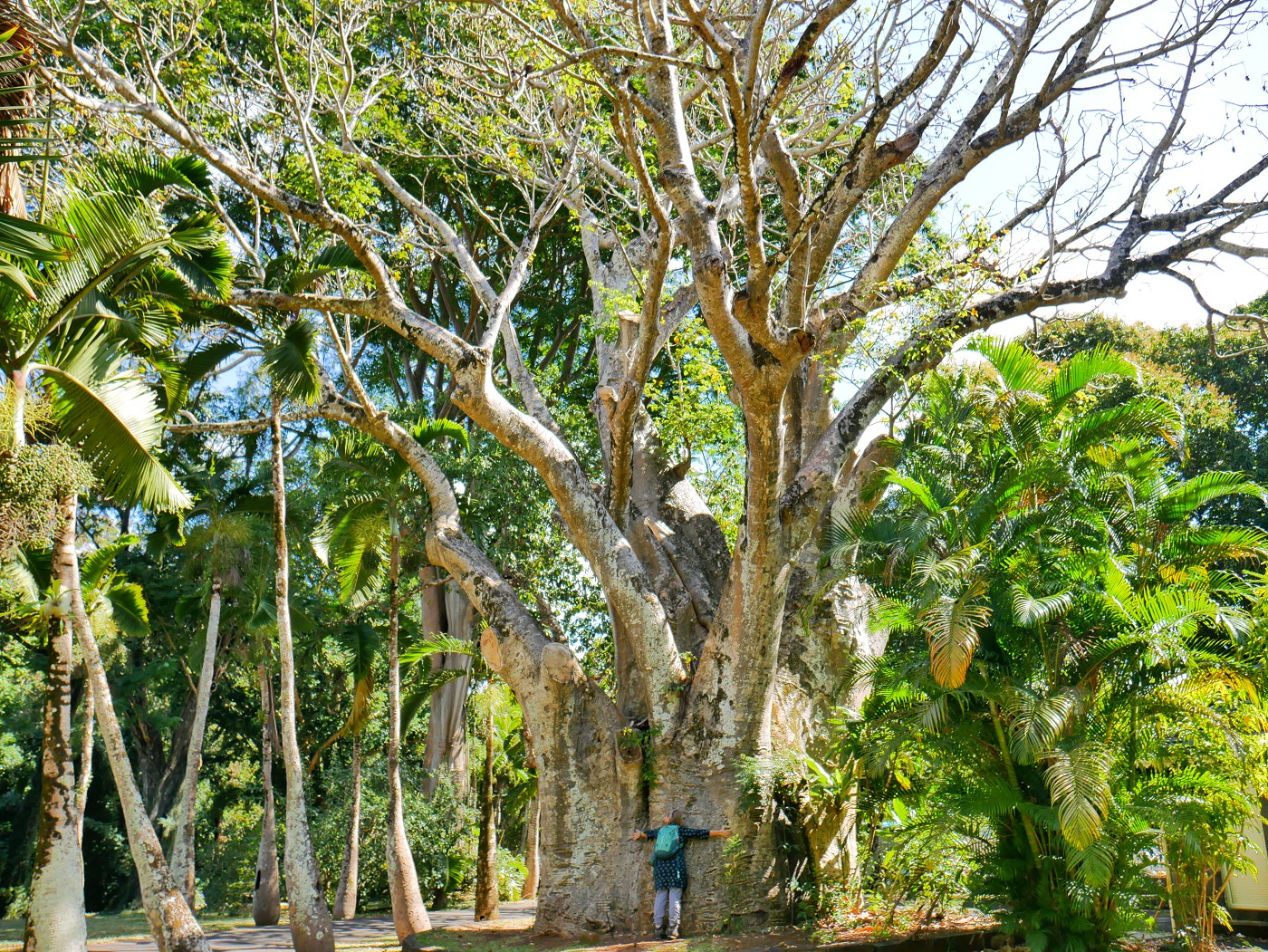
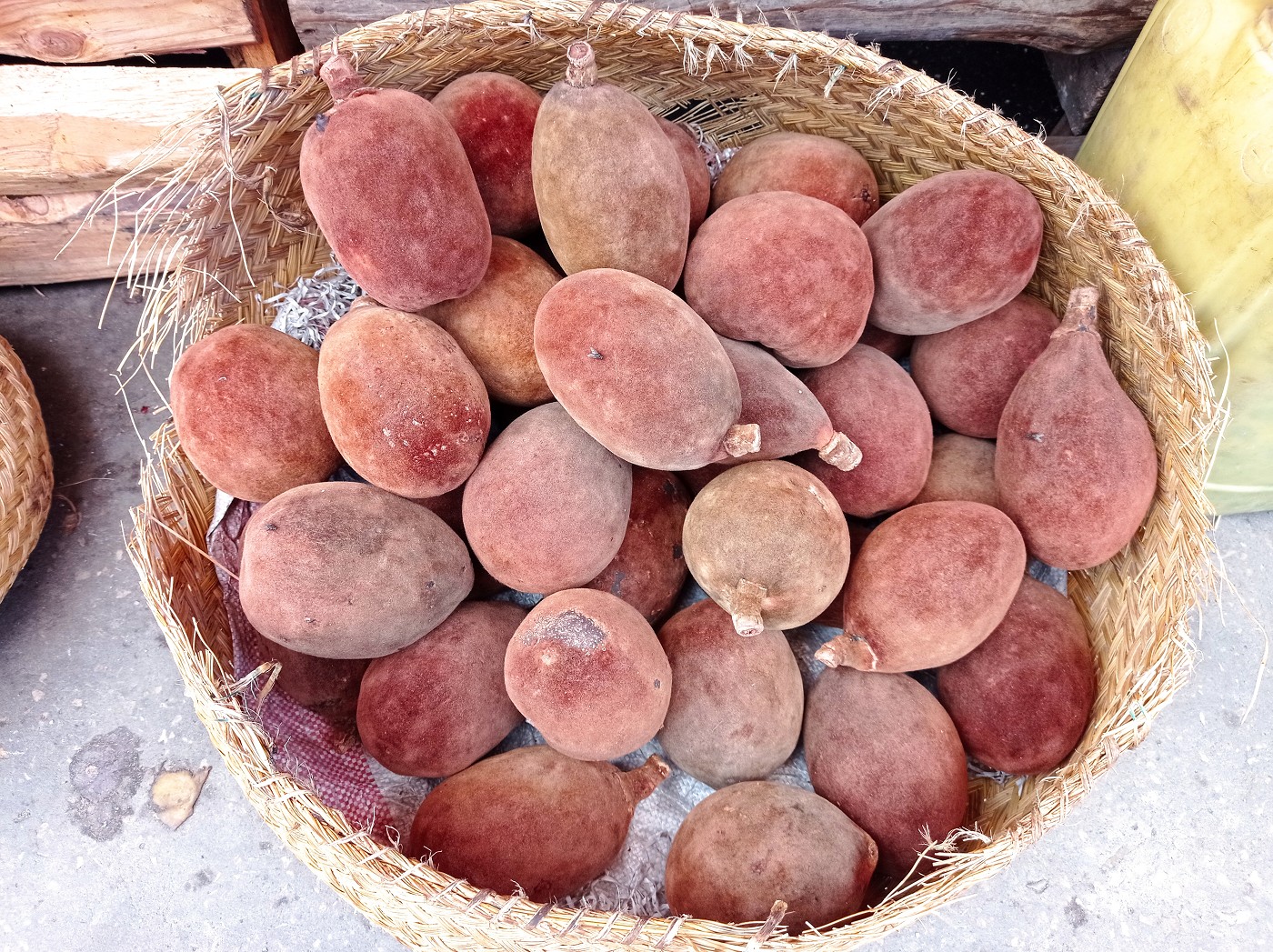
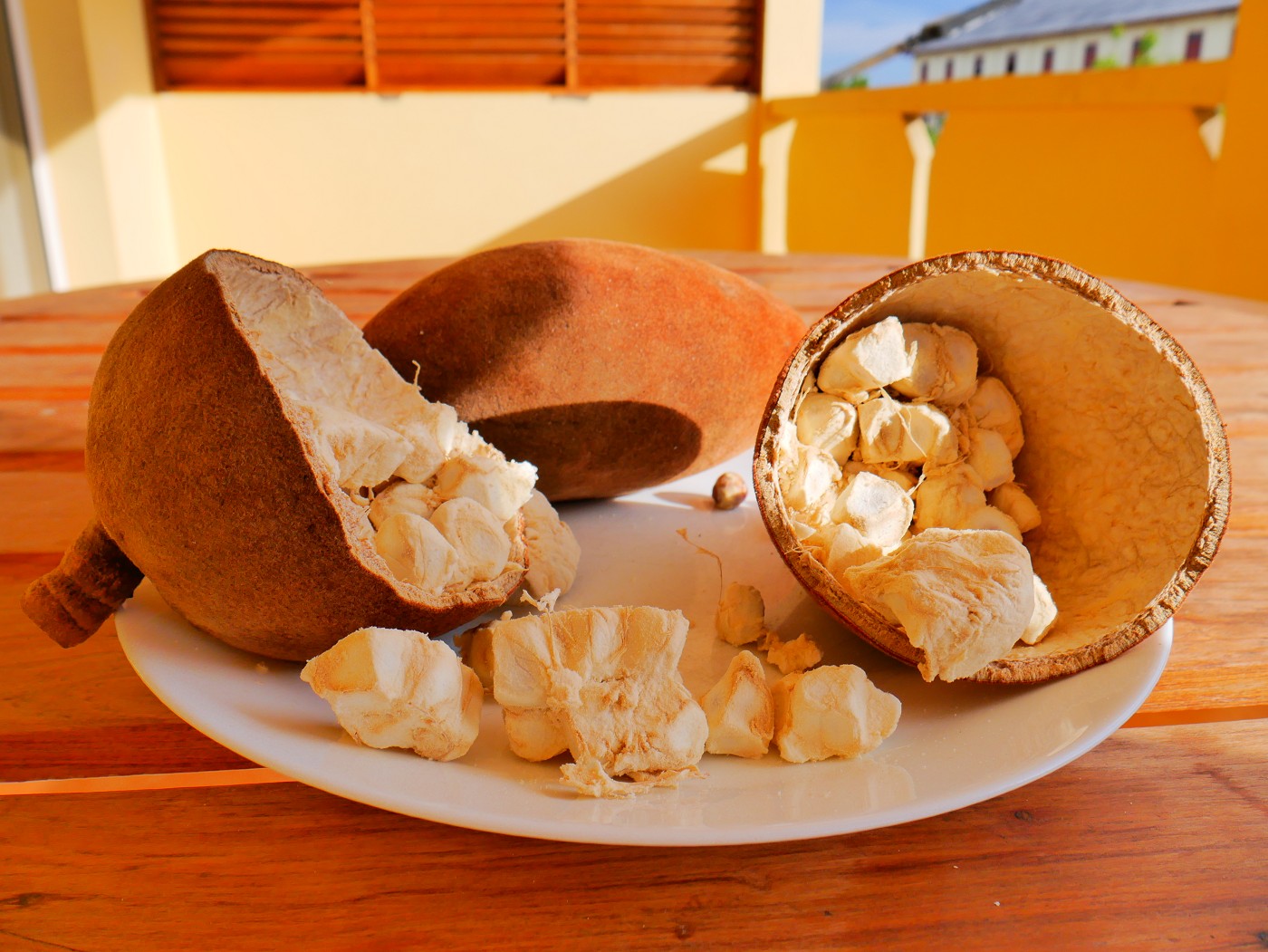
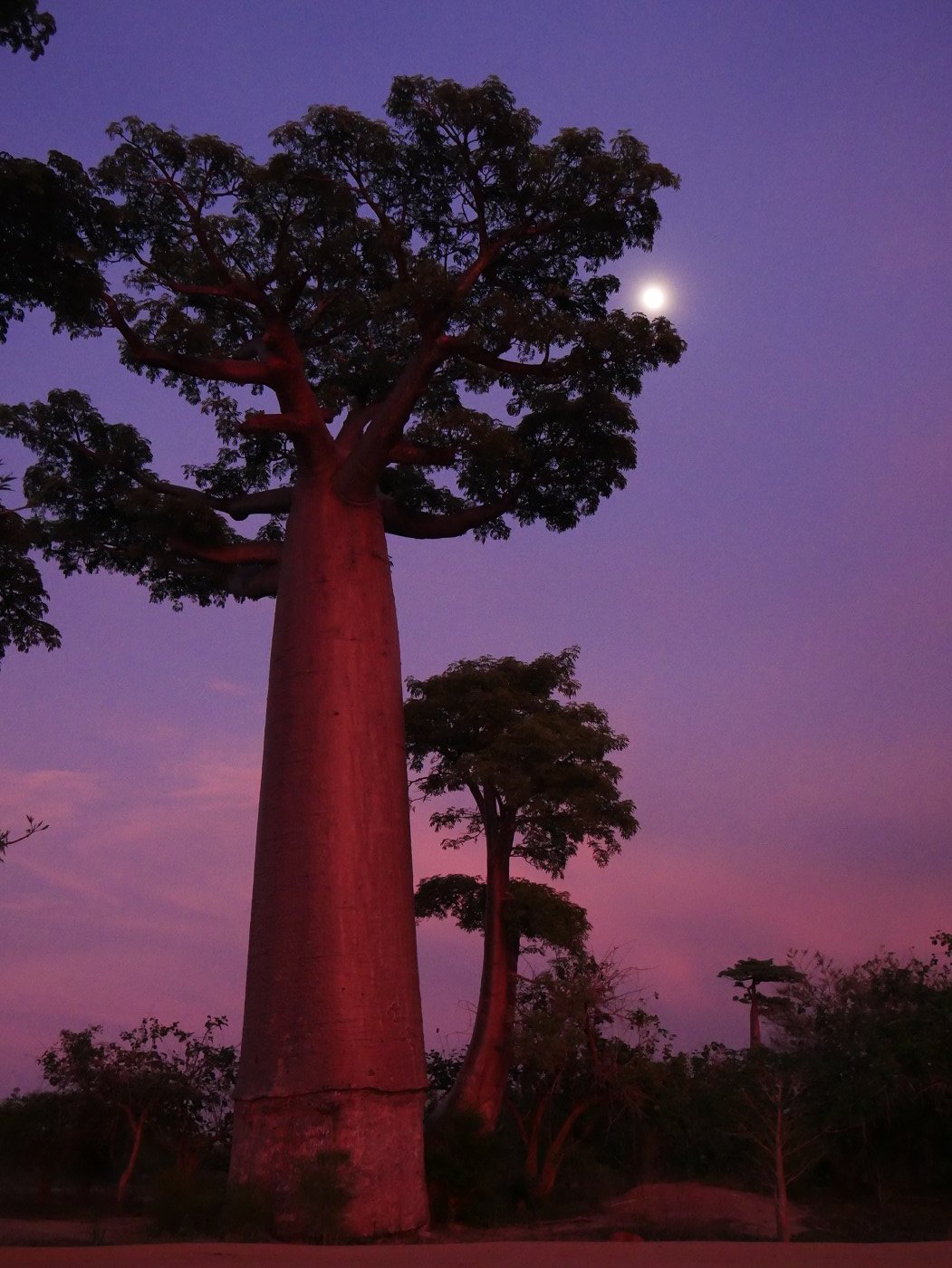
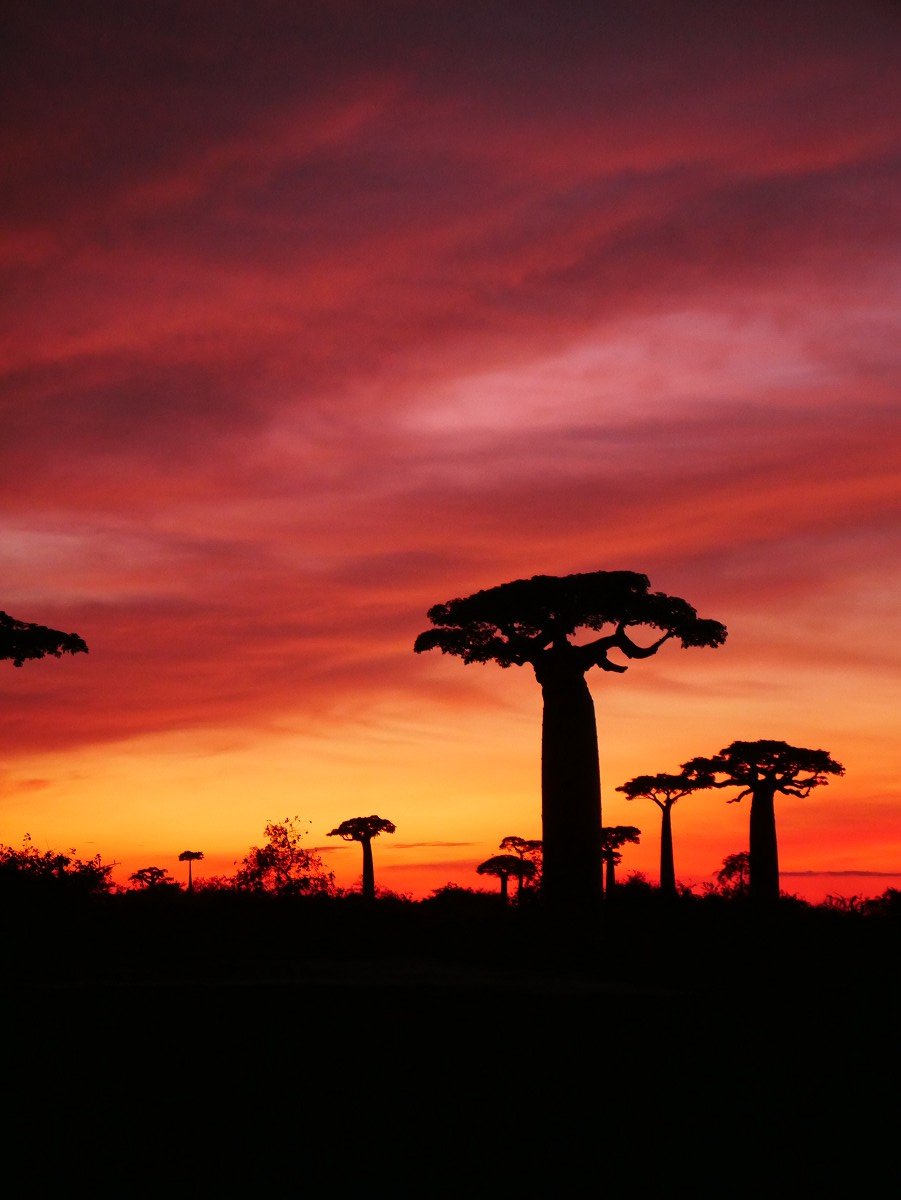

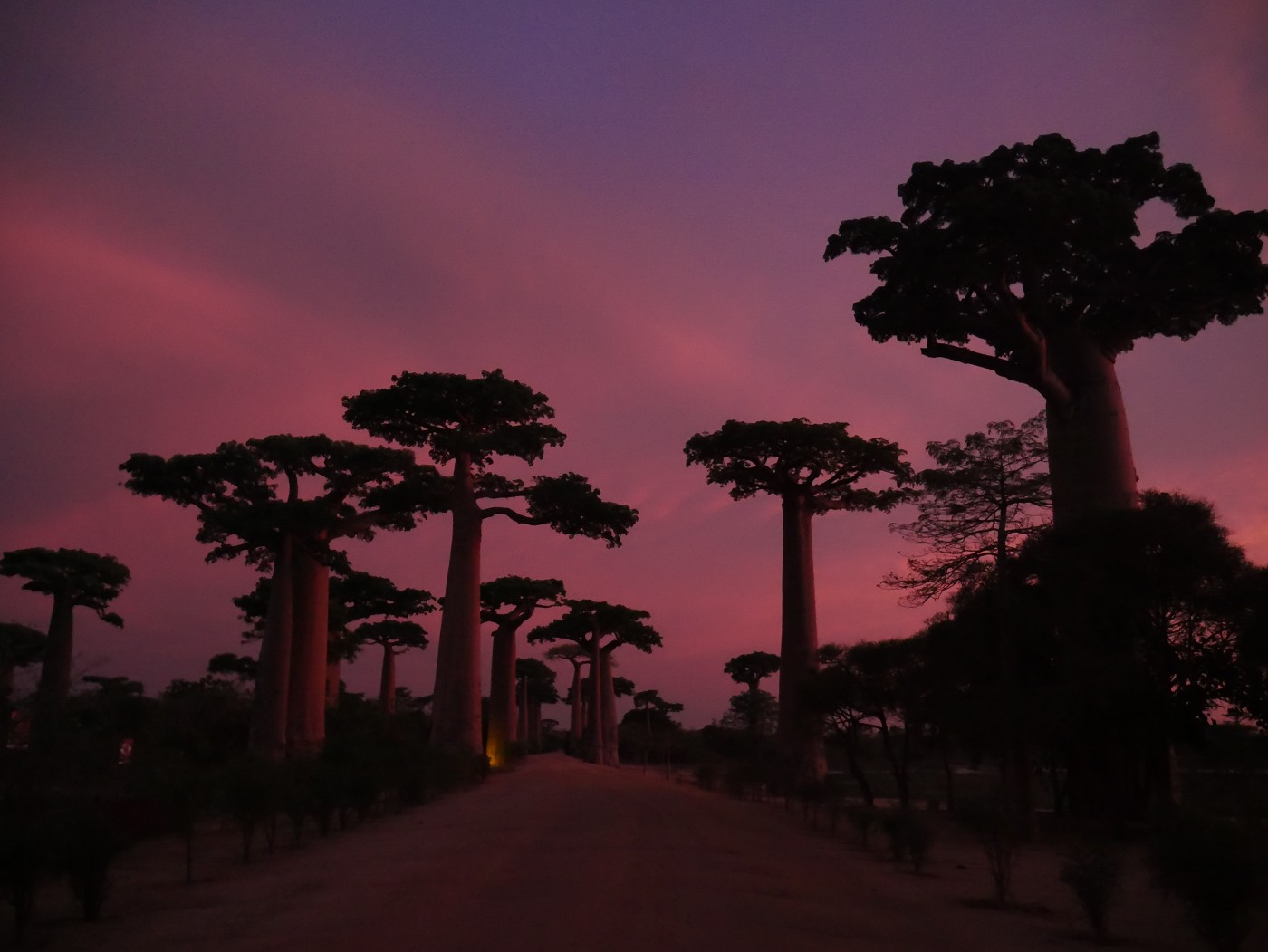
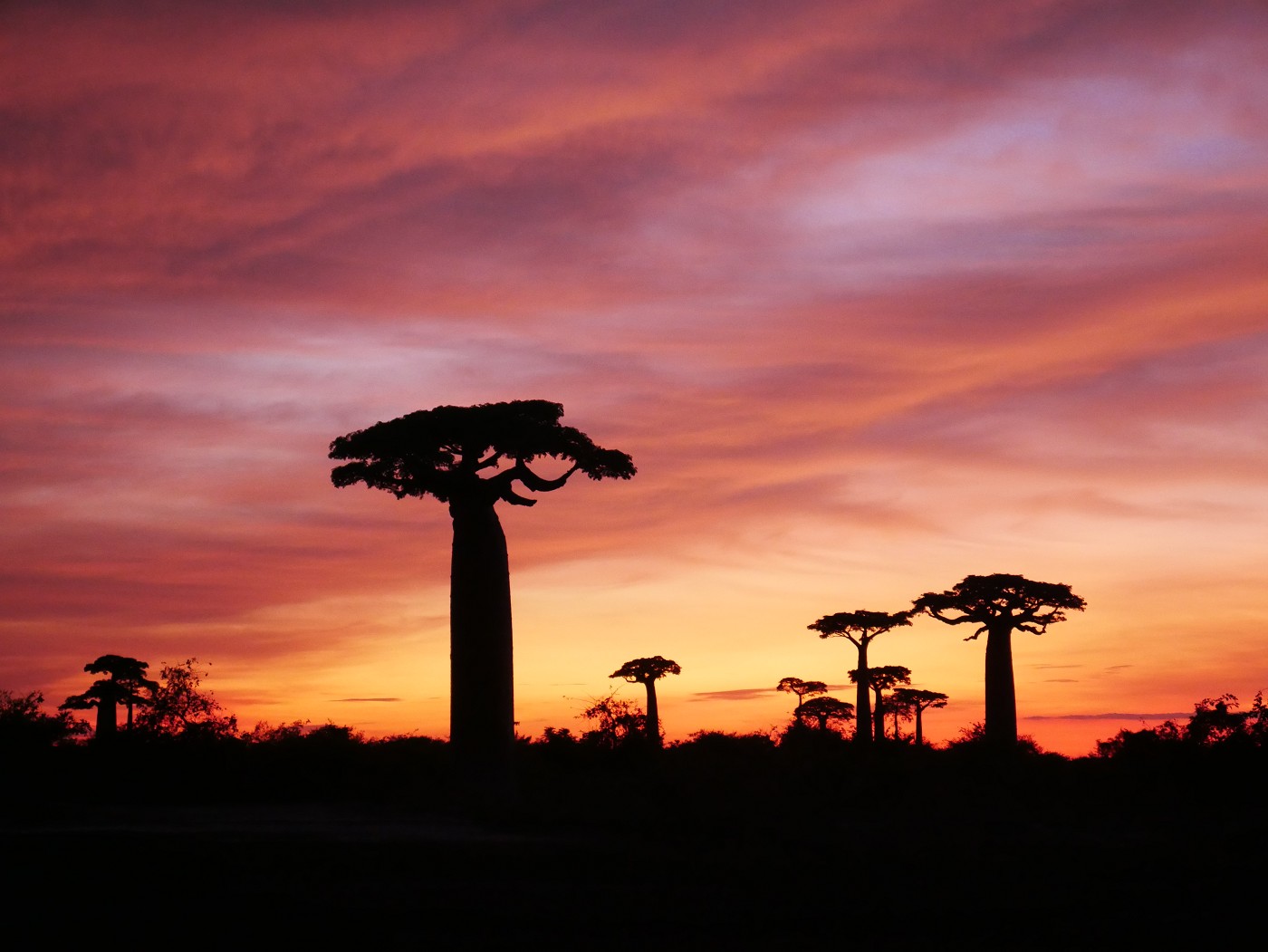
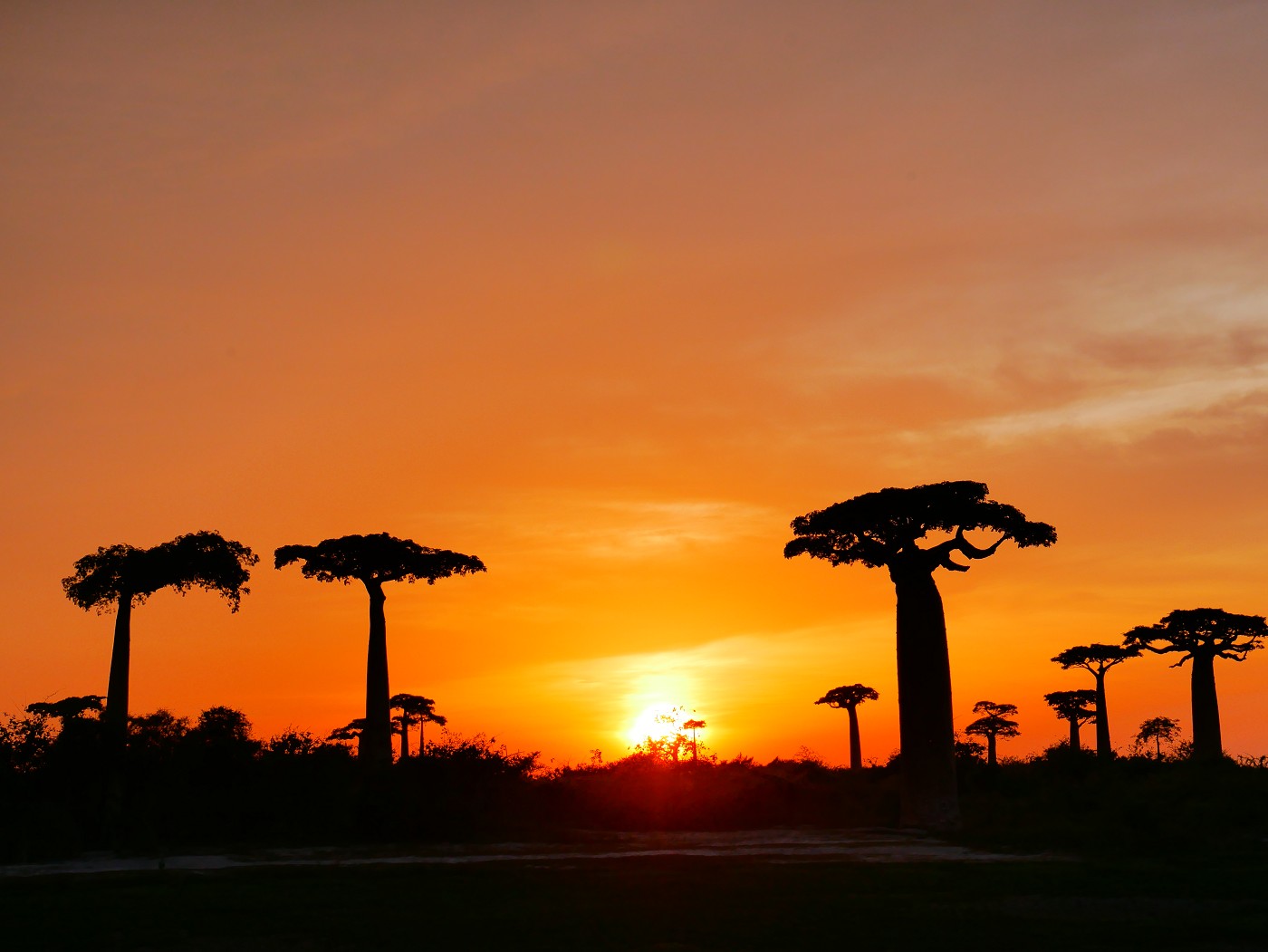
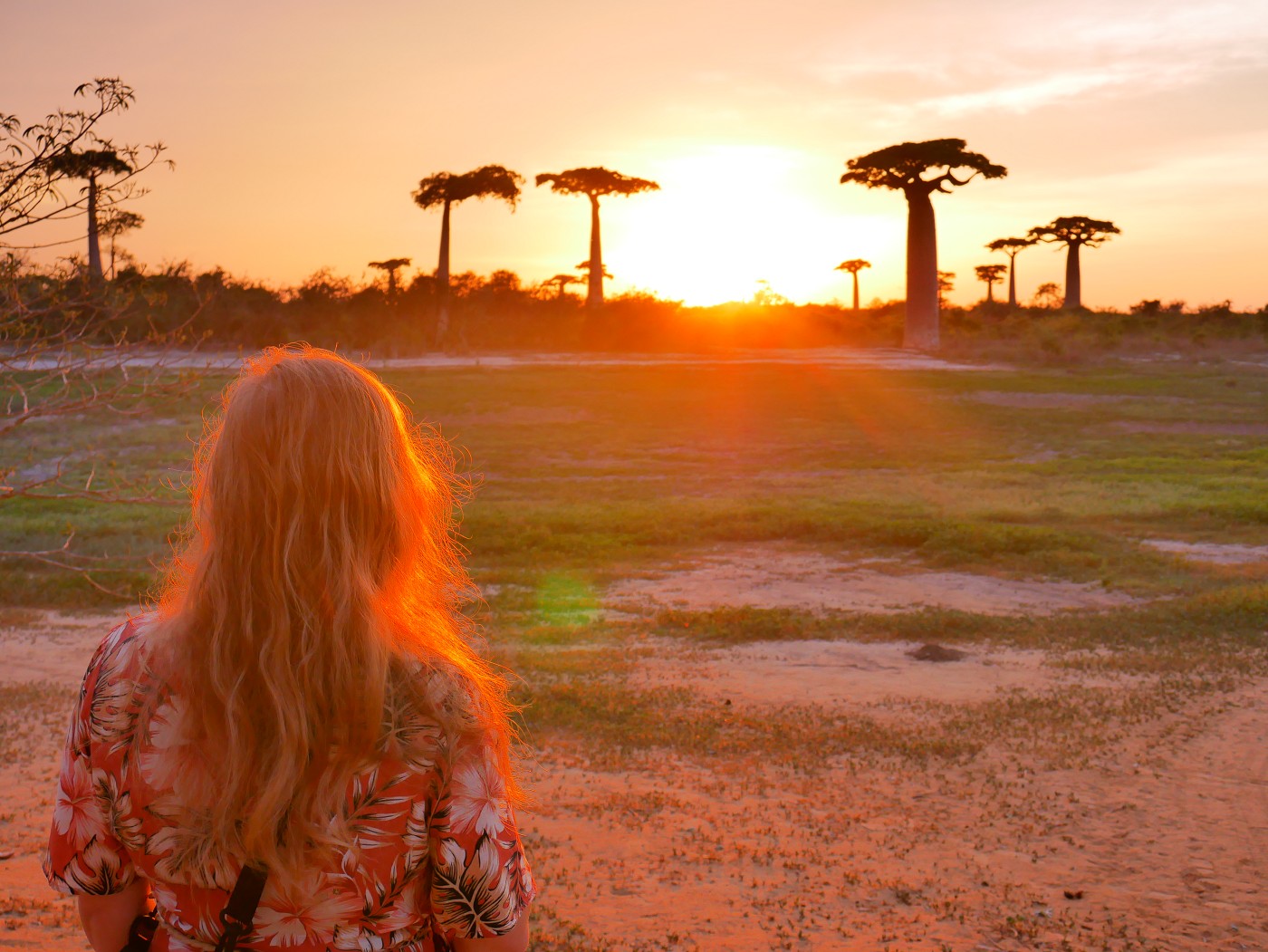
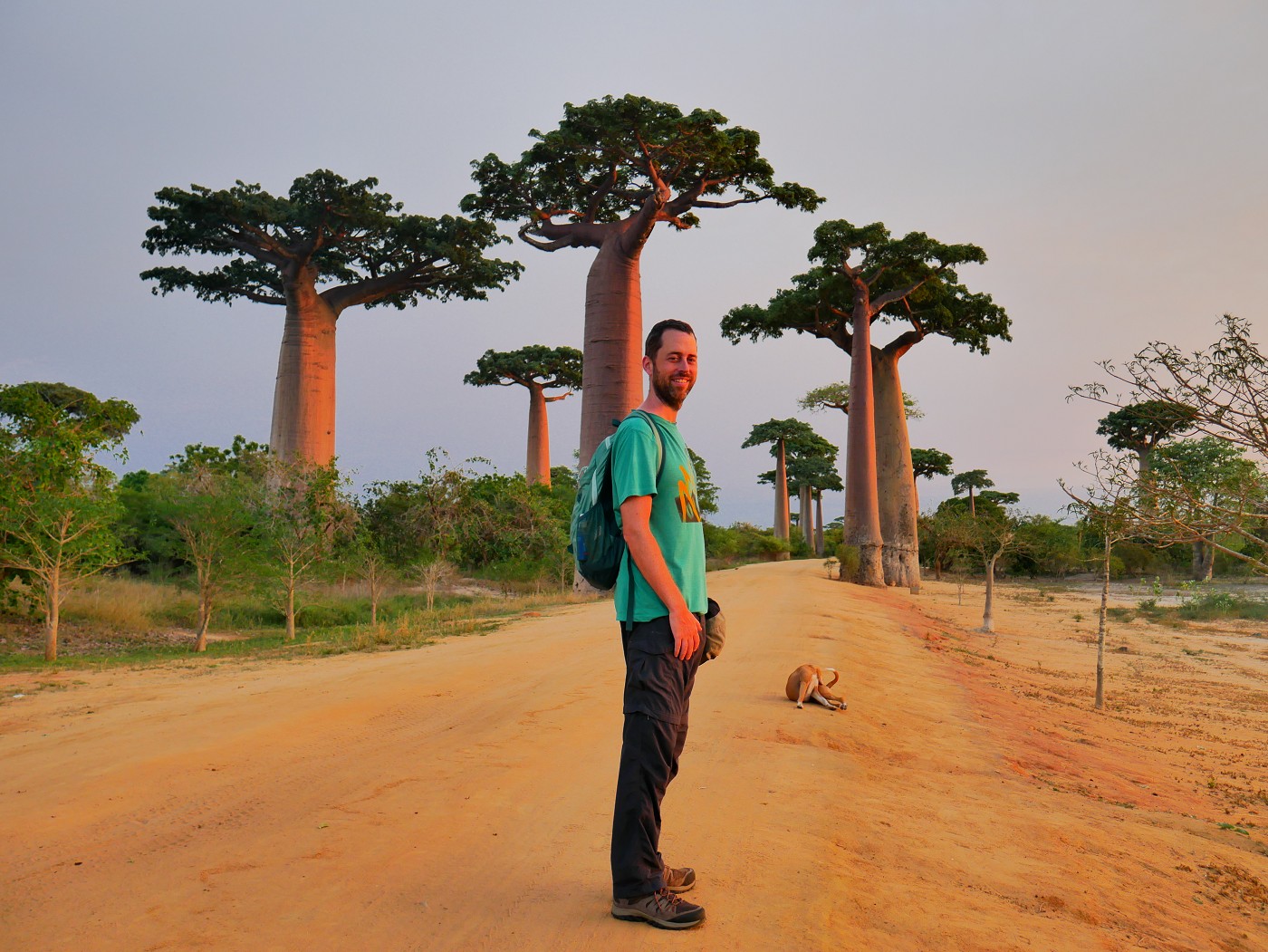
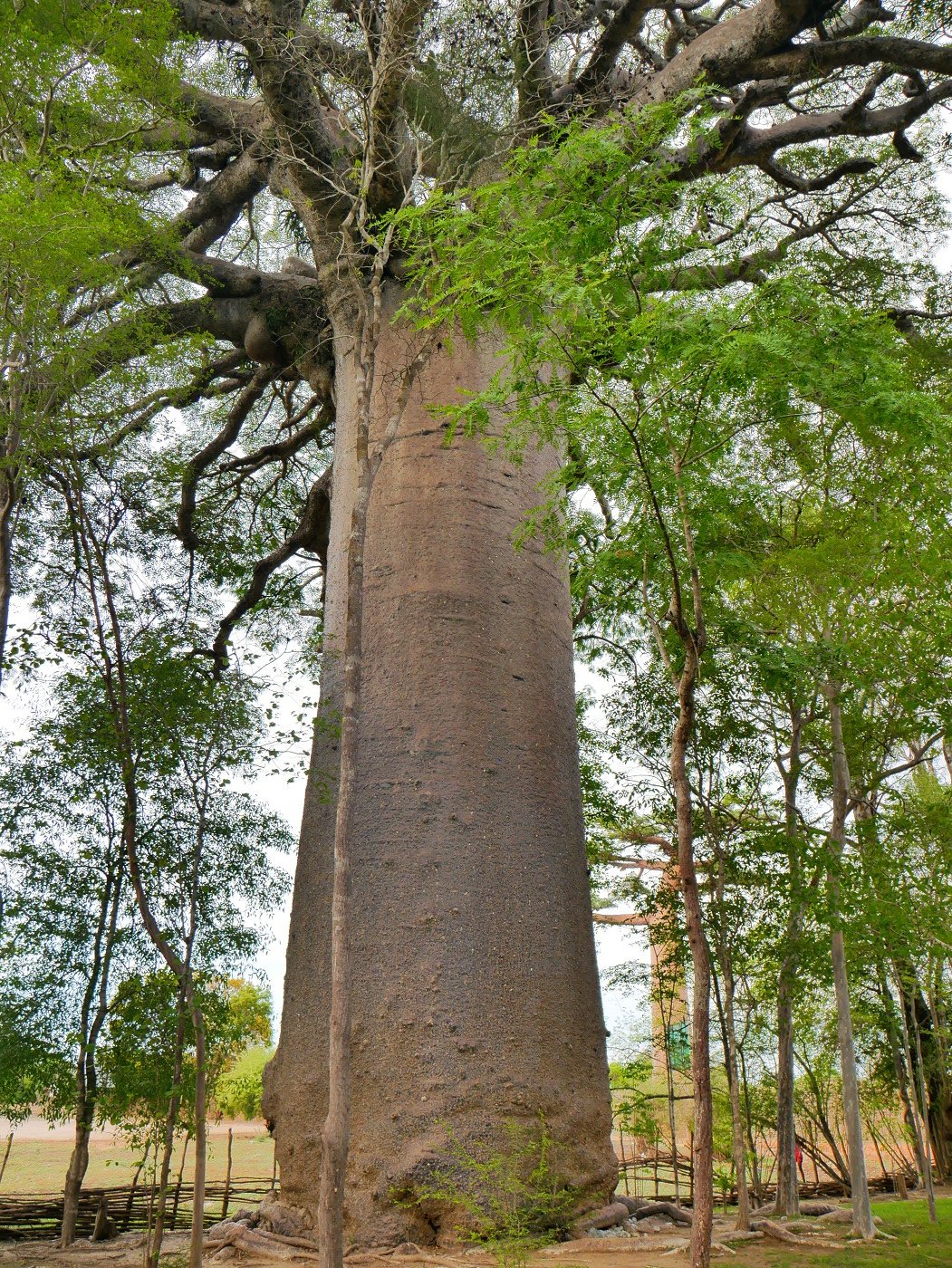
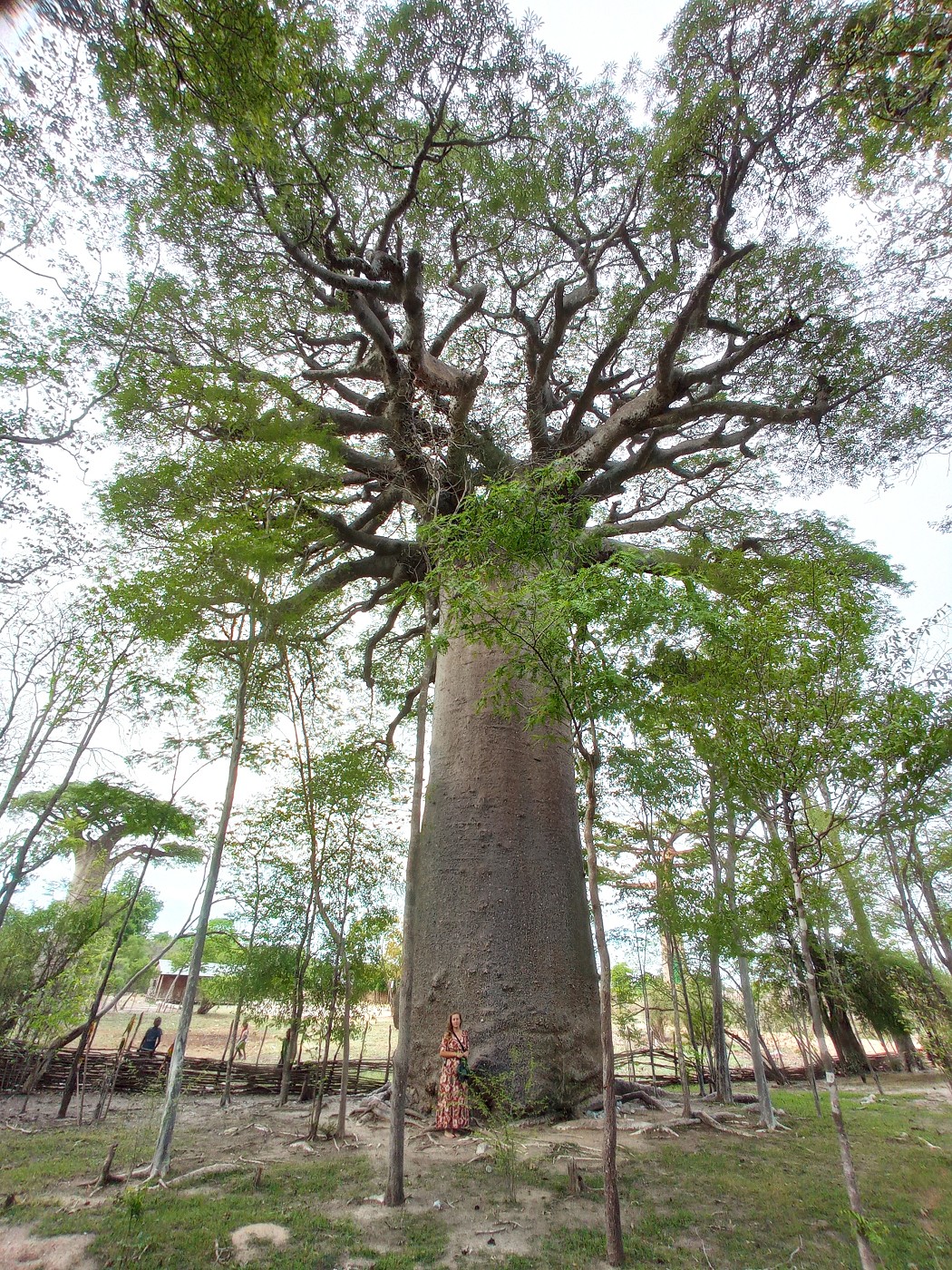
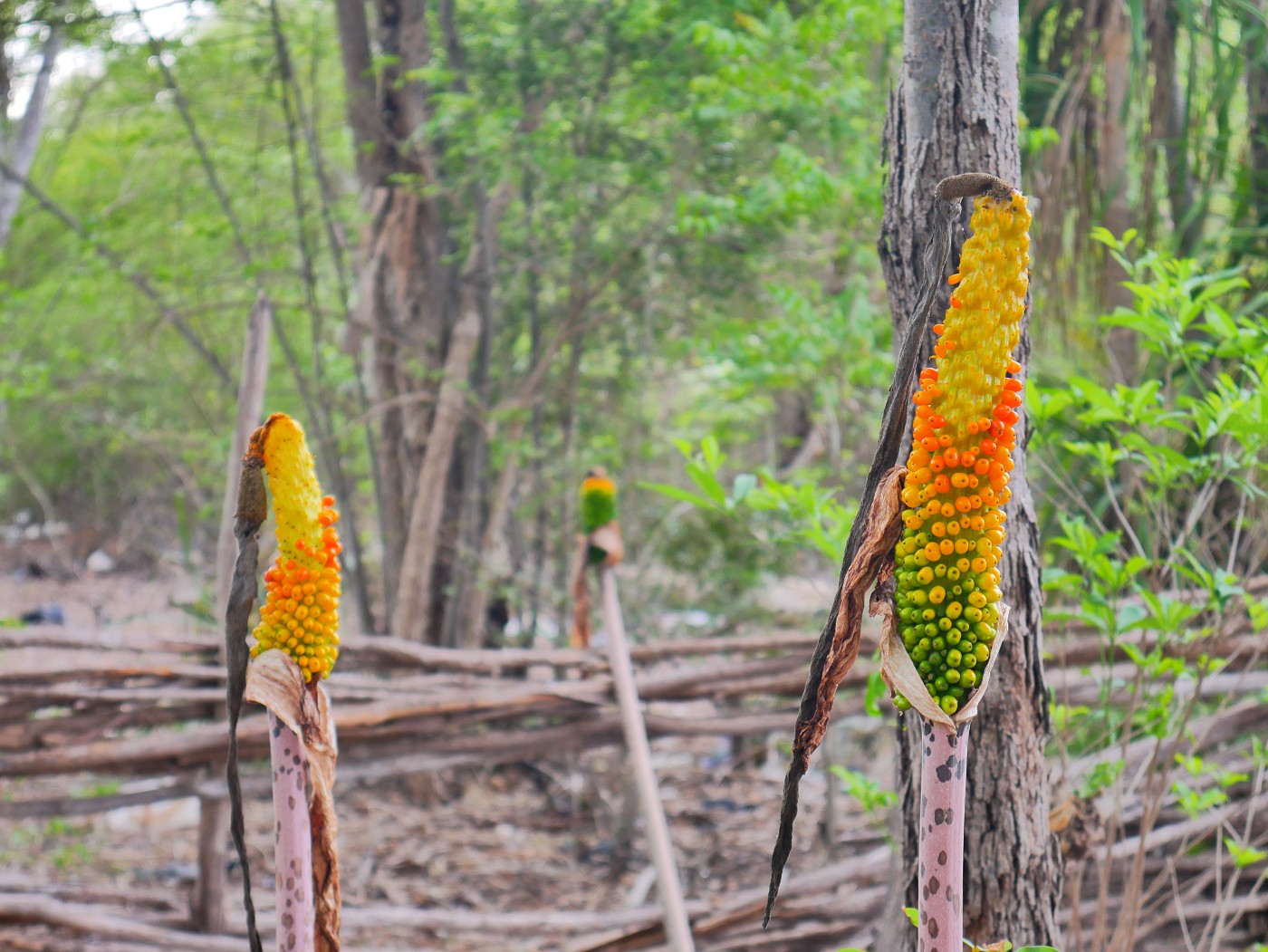
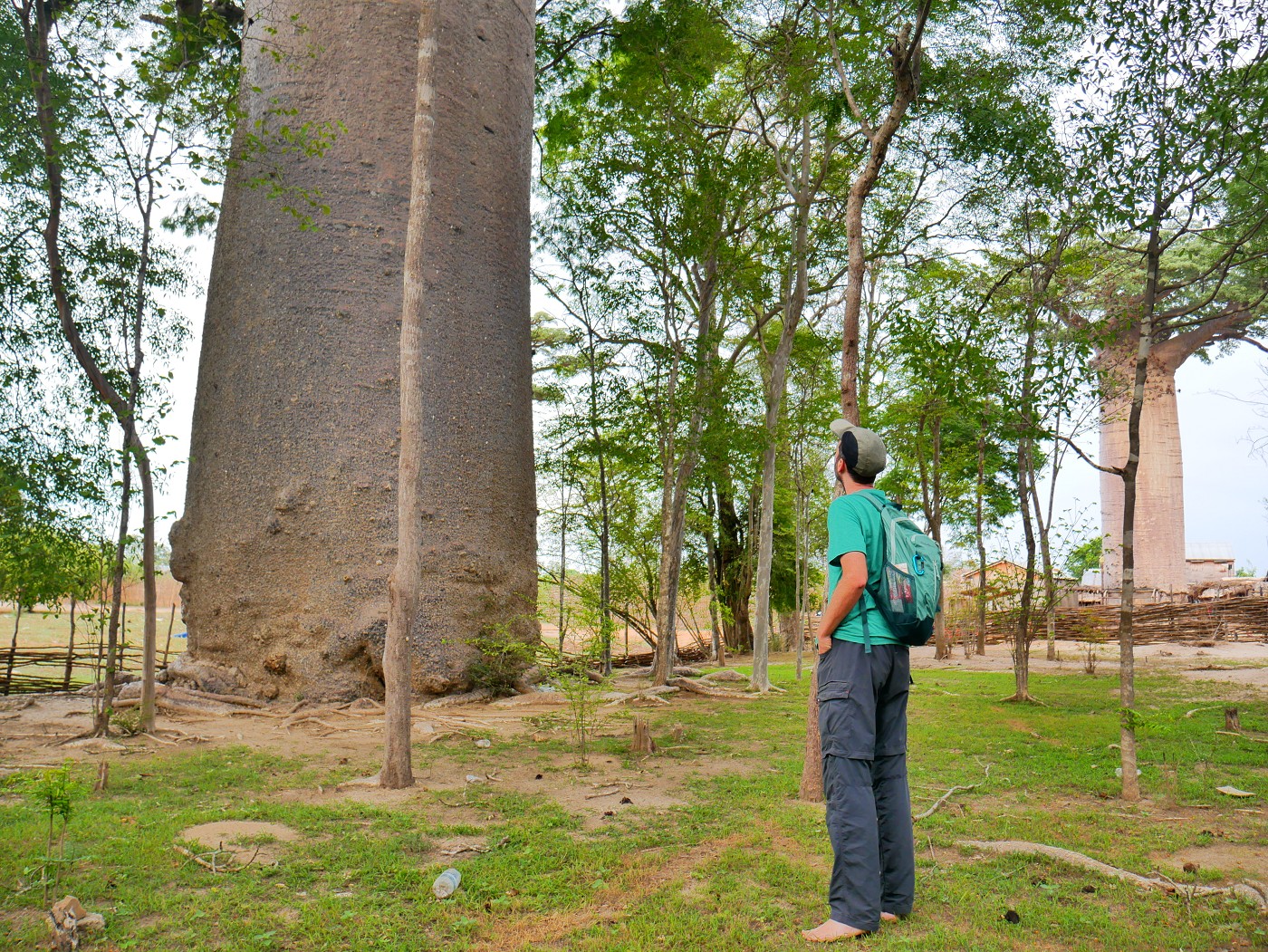
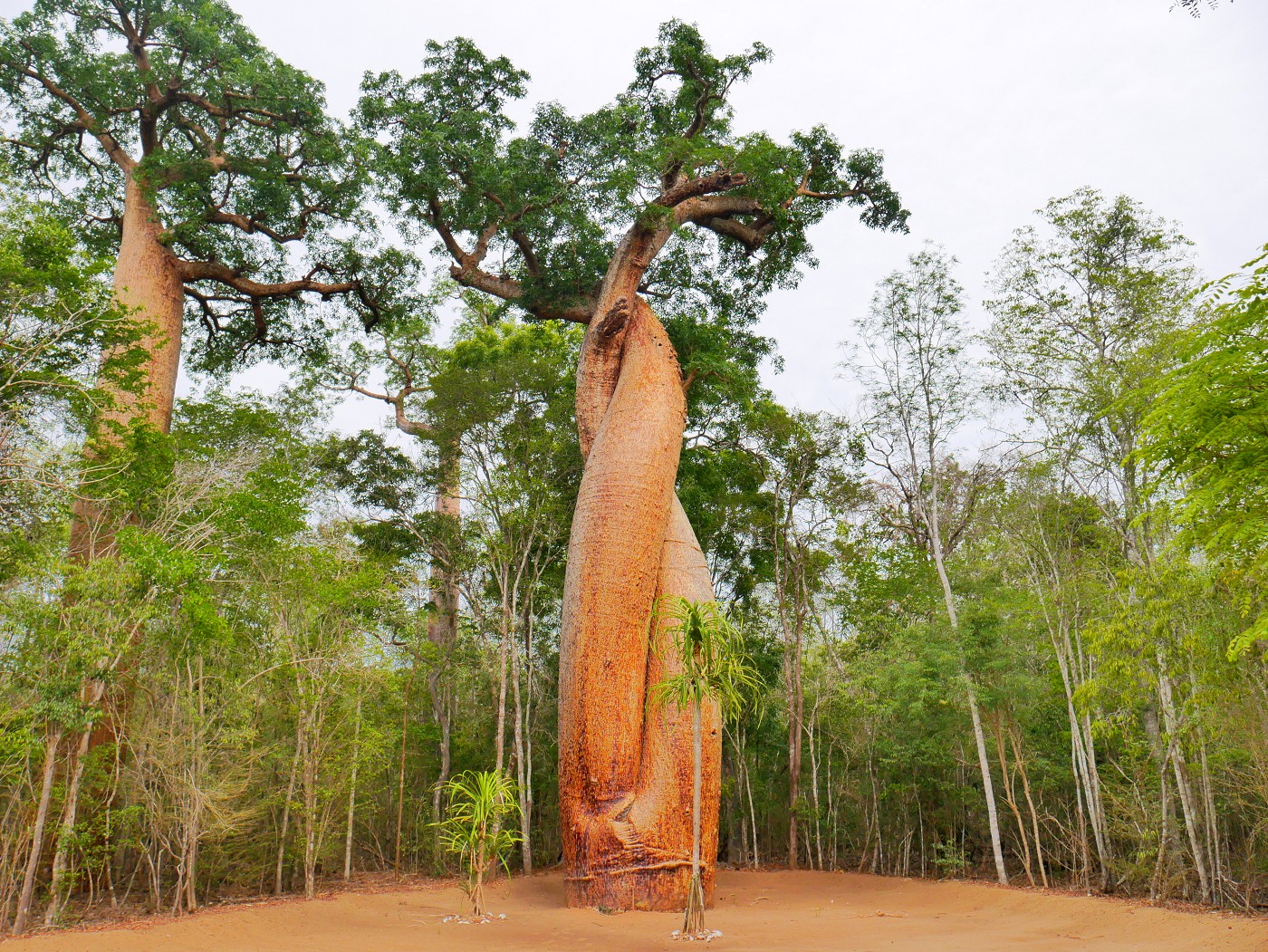
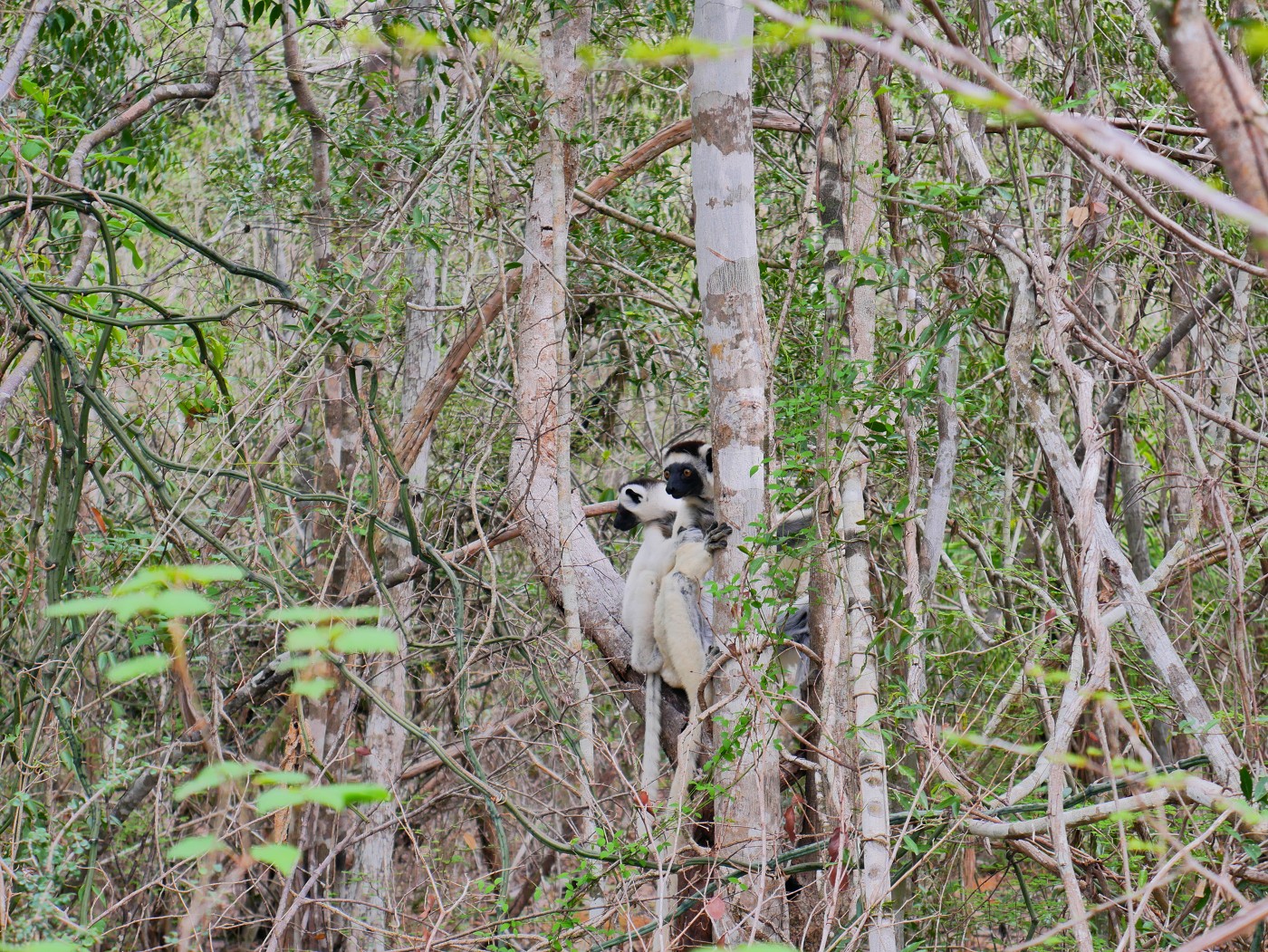
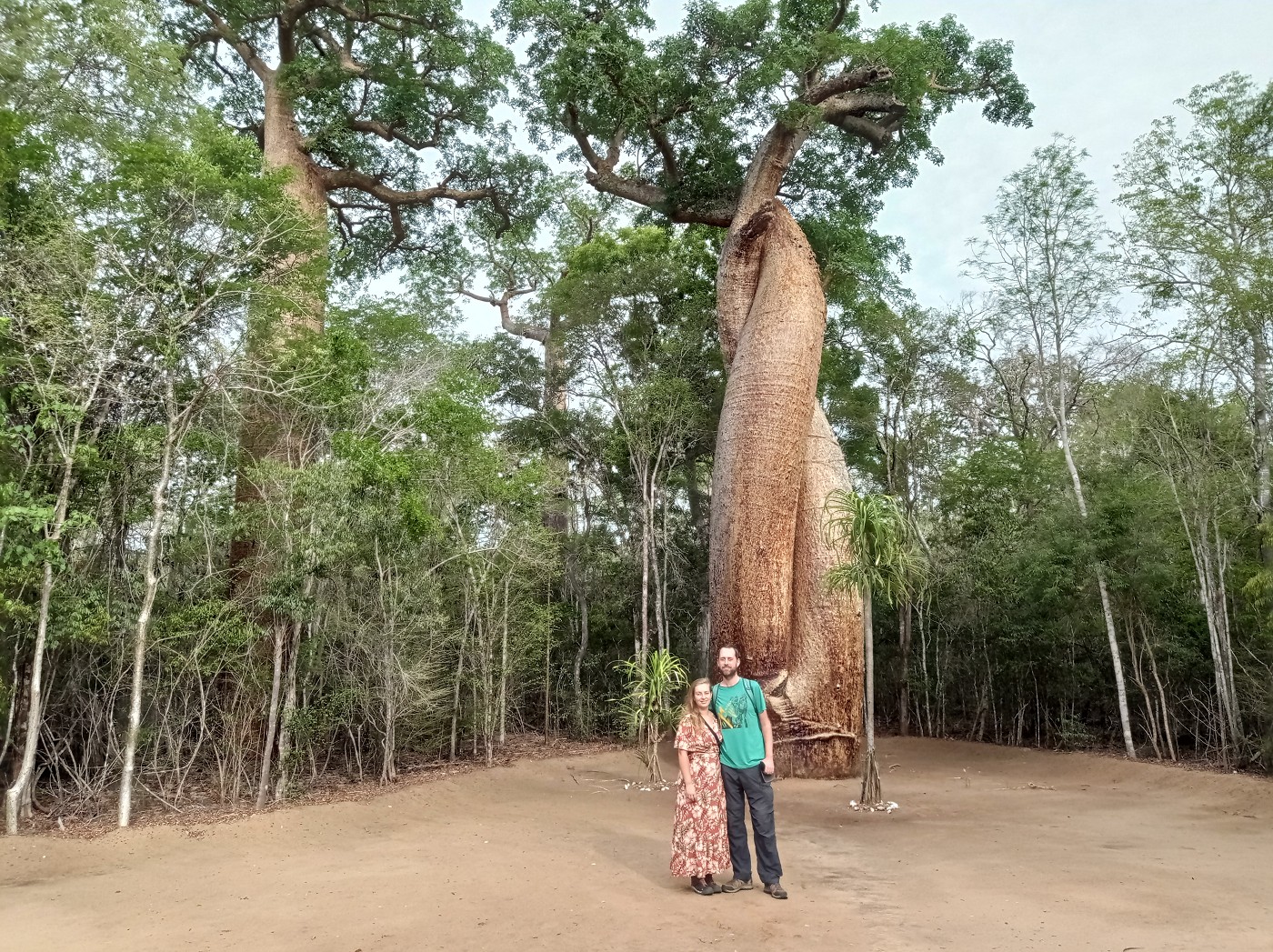
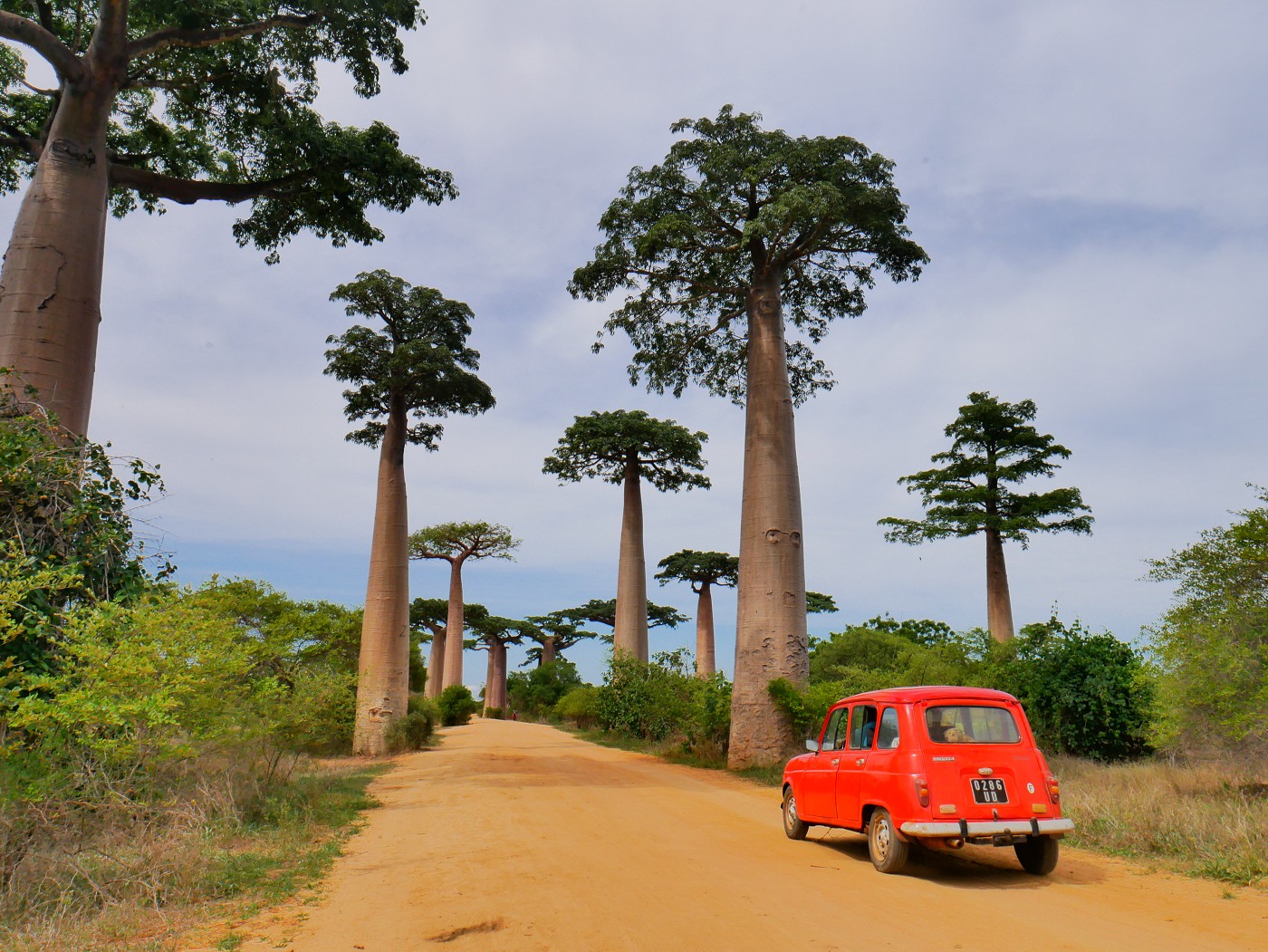
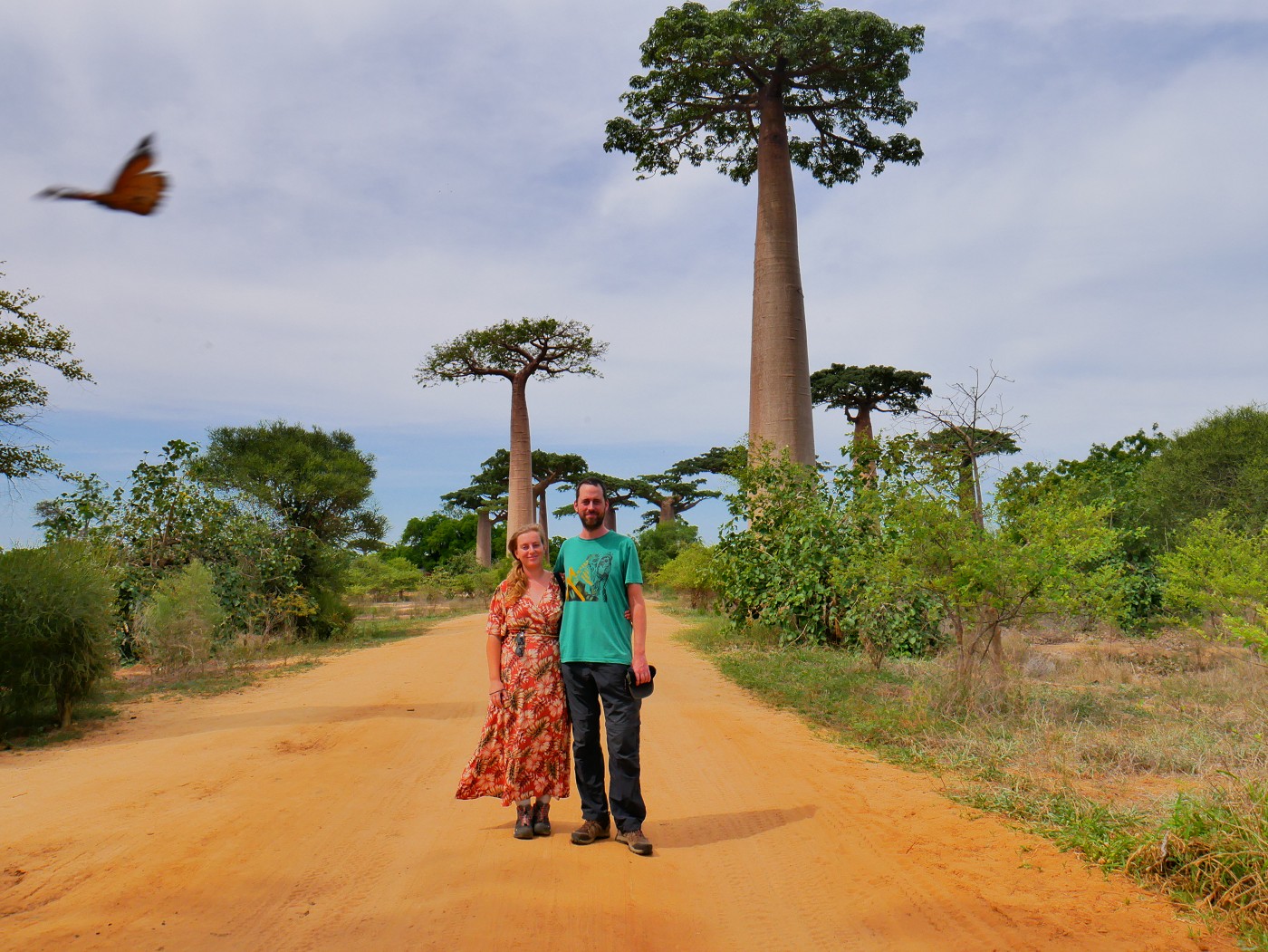
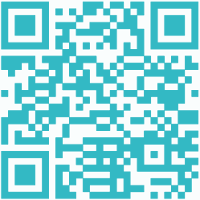
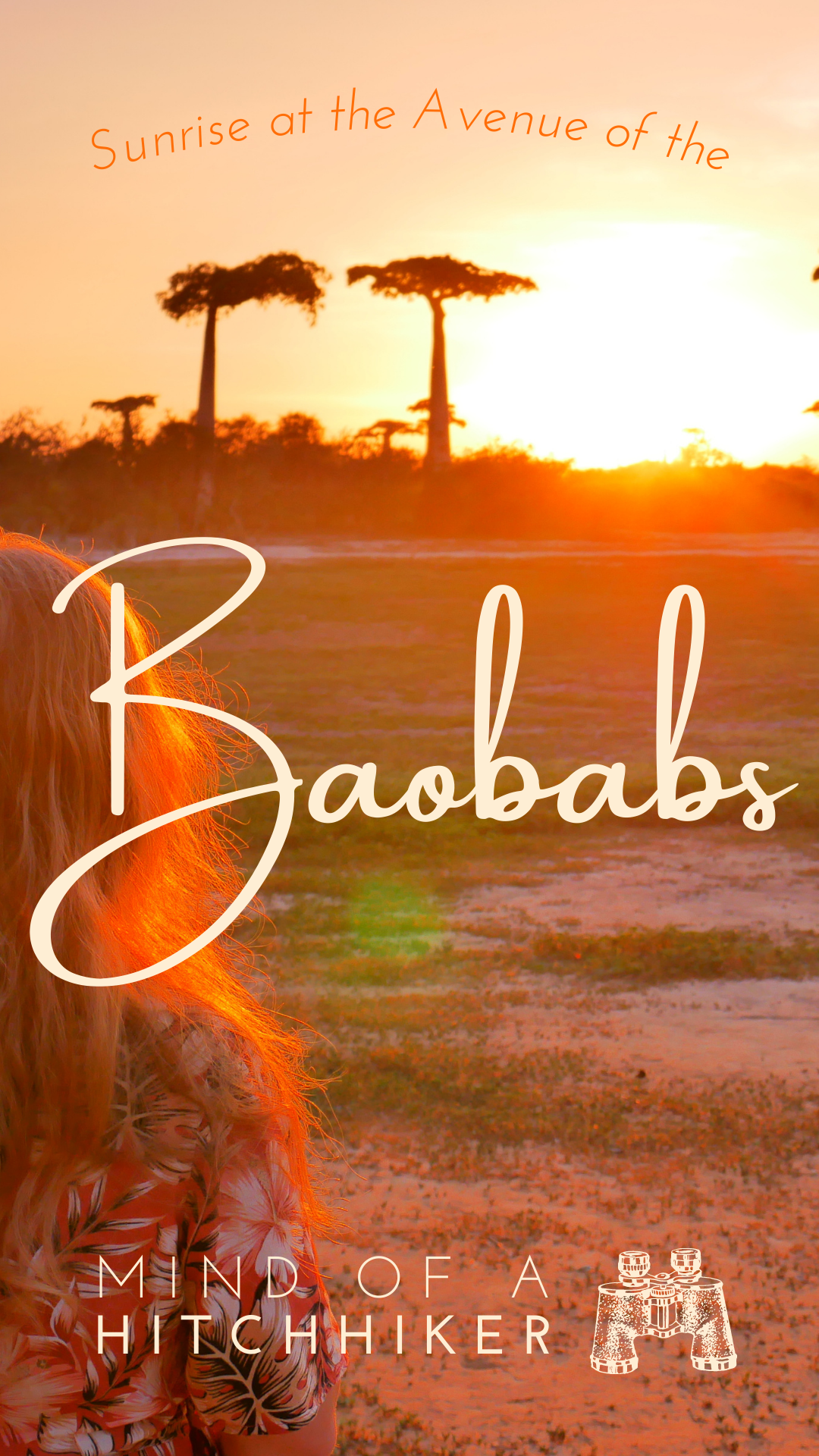
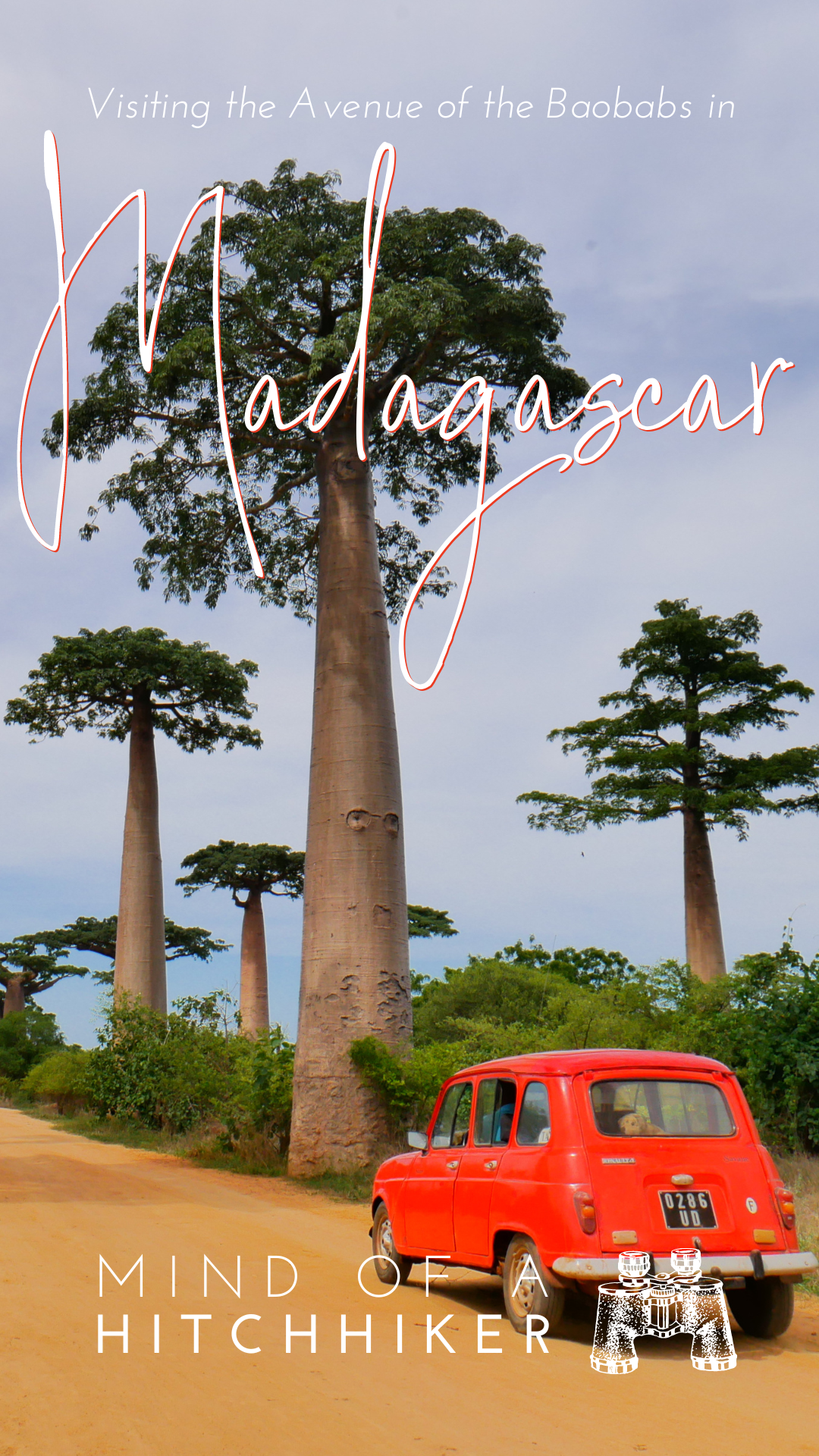
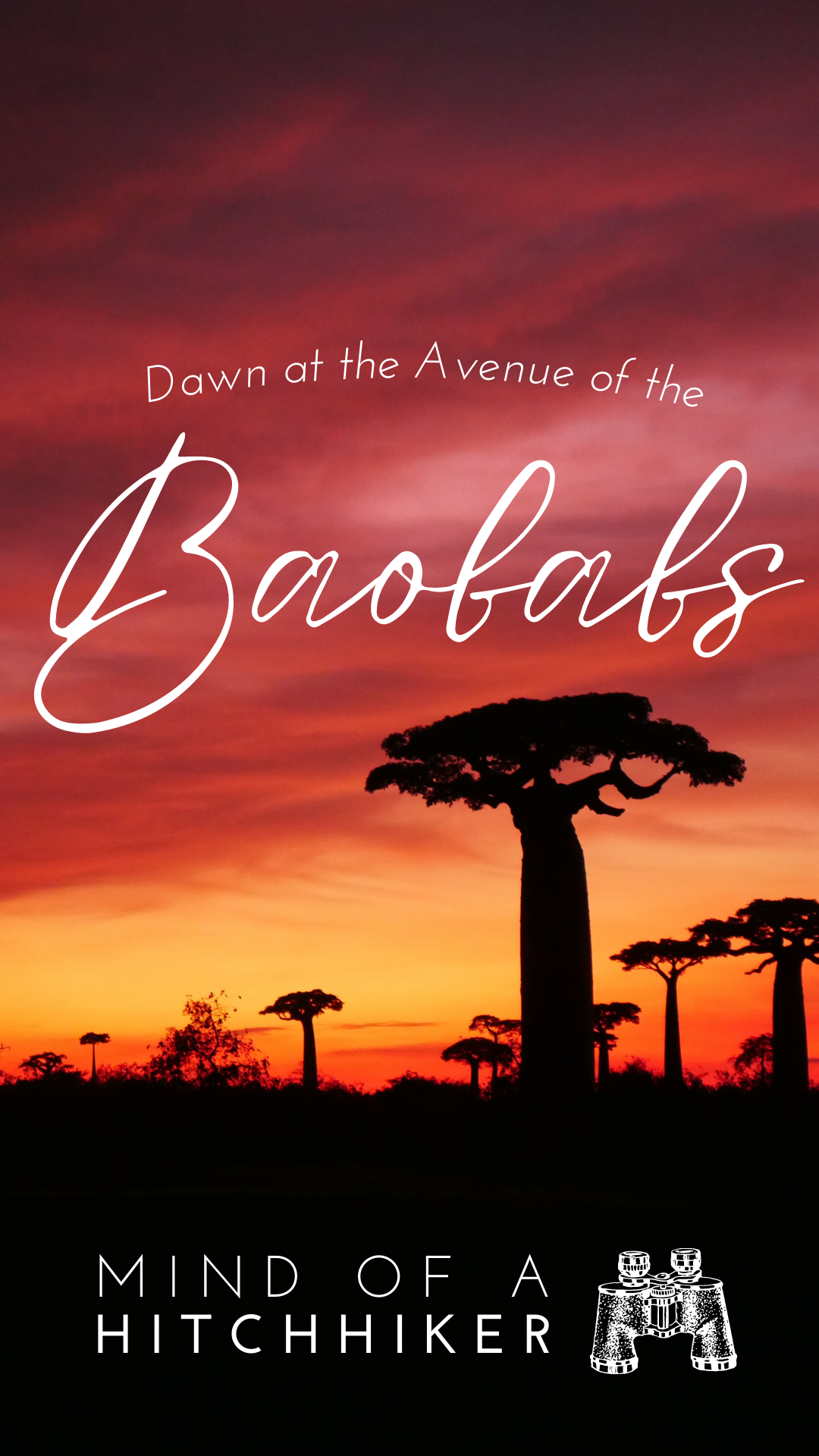
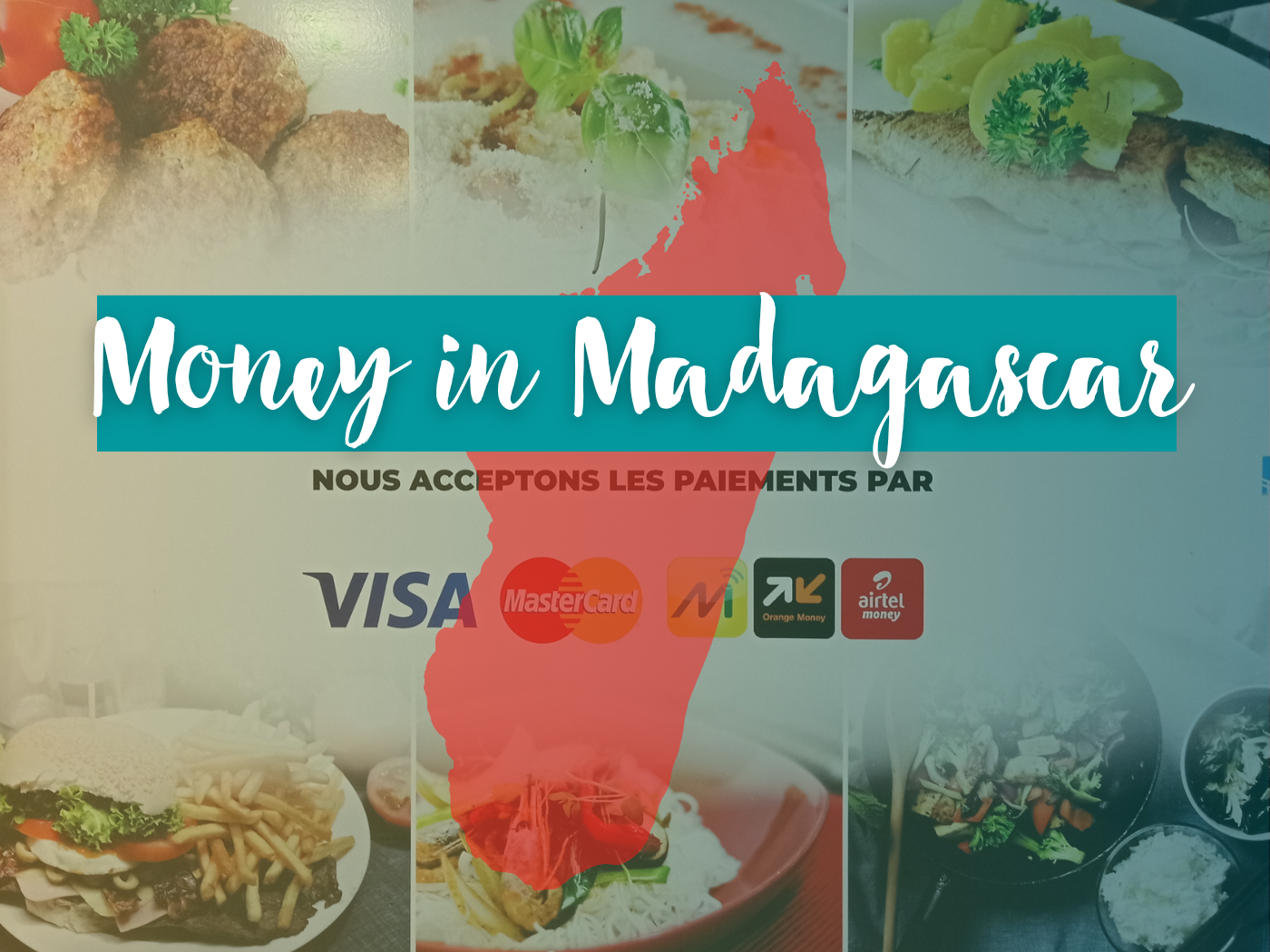

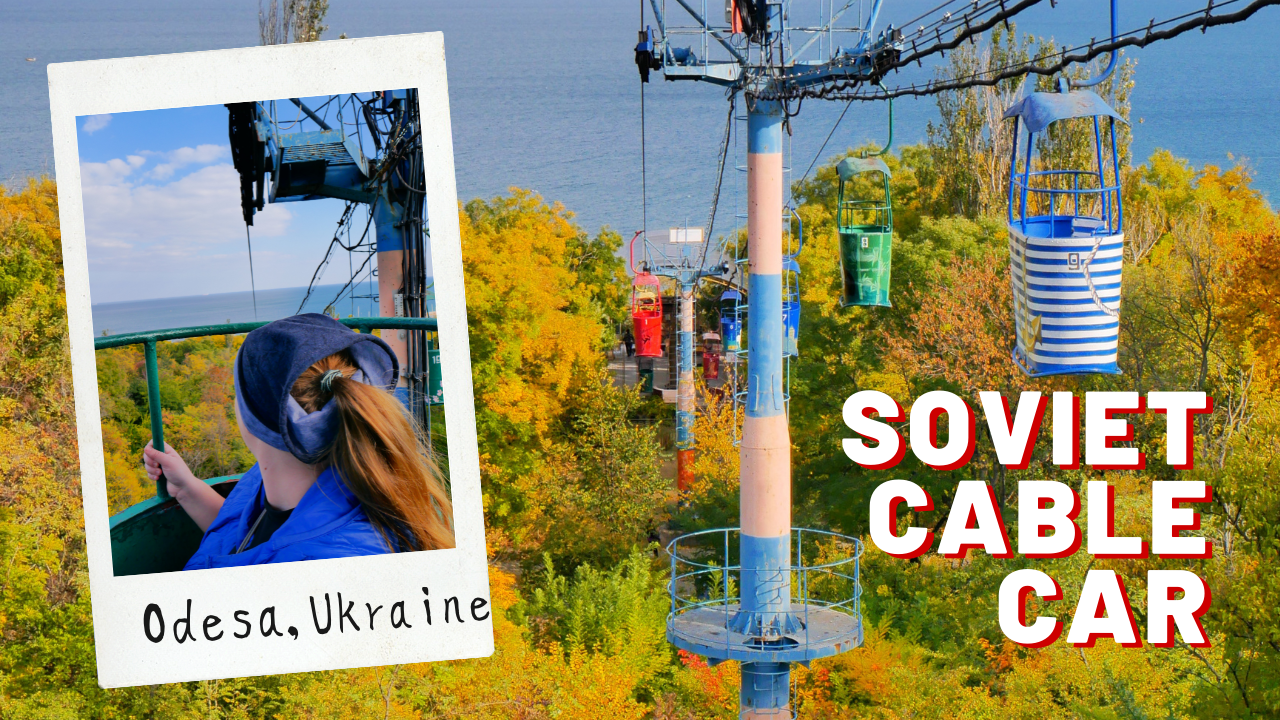
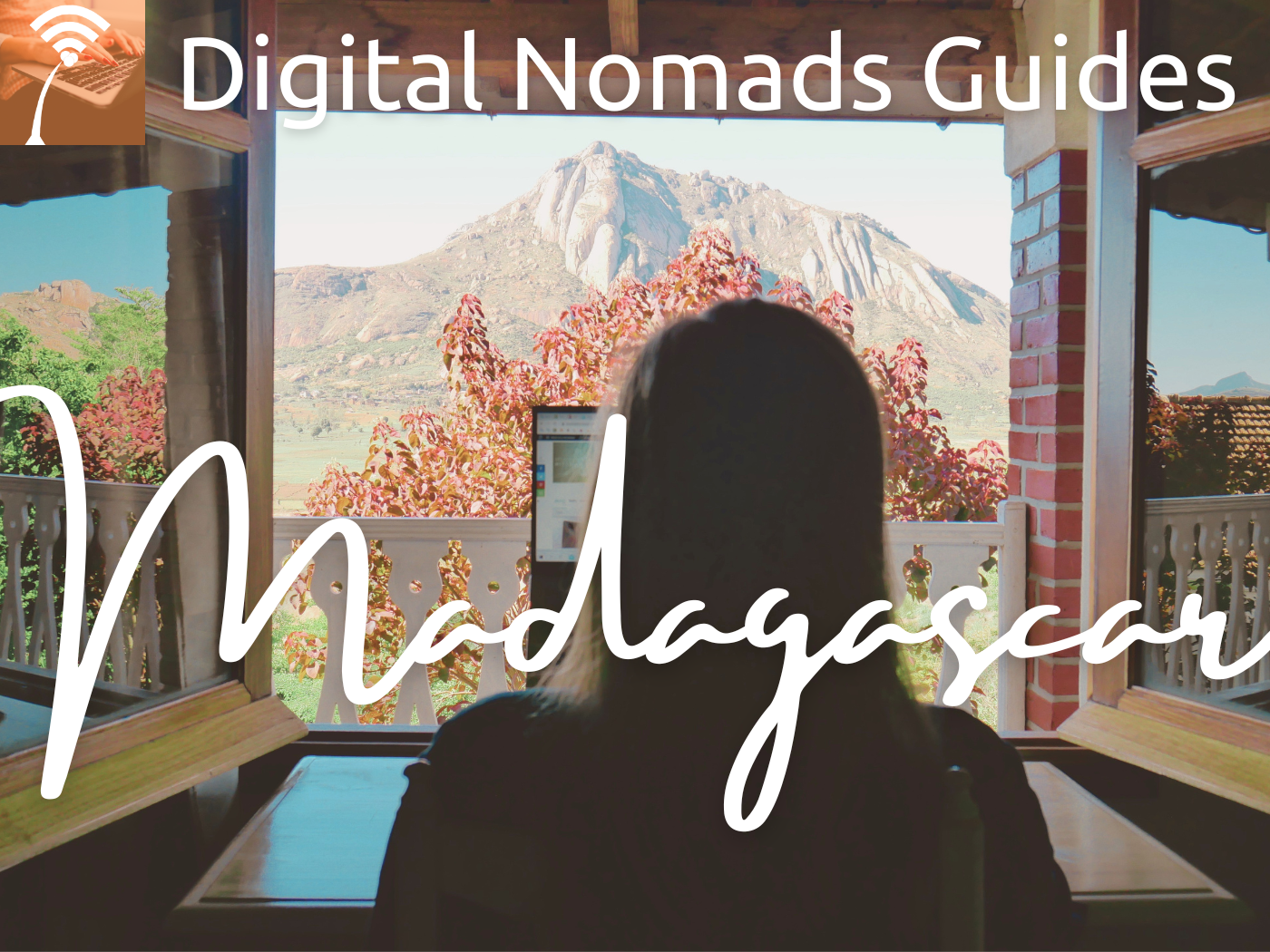
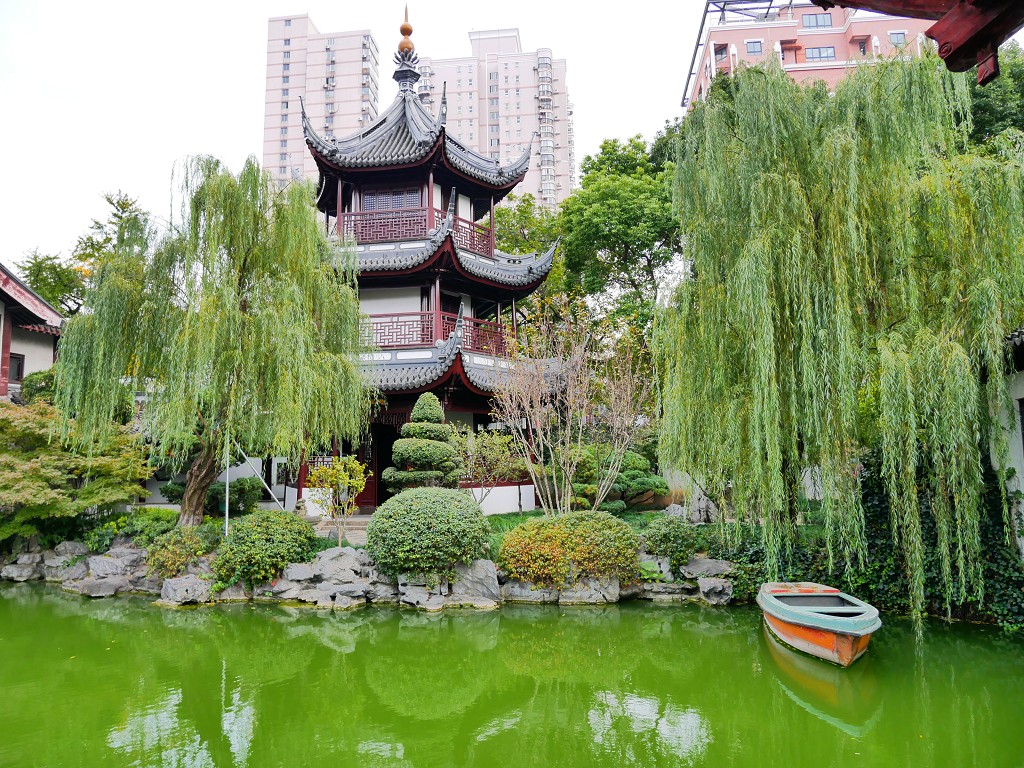
This was so very helpful. I too love the Baobab but coming from California in the United States, I wanted a realistic take on things.
Hey Chris, happy you like the article! I hope you enjoy Malagasy baobab fruit often